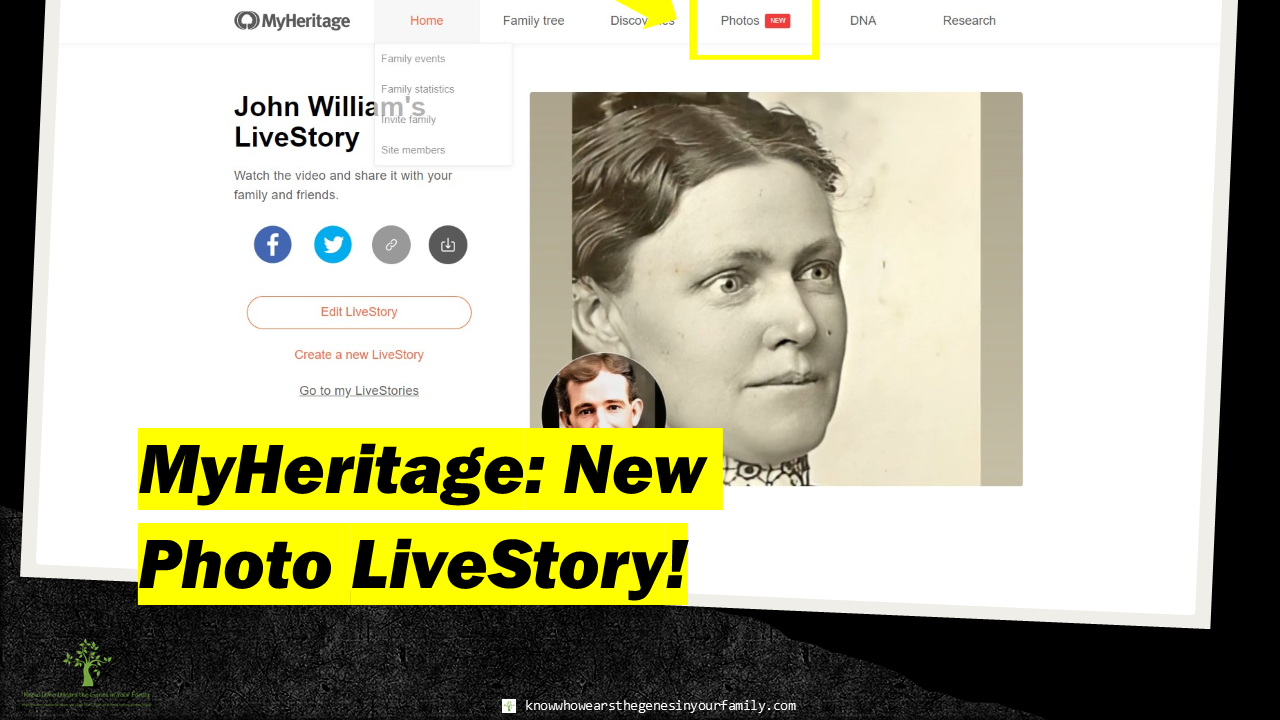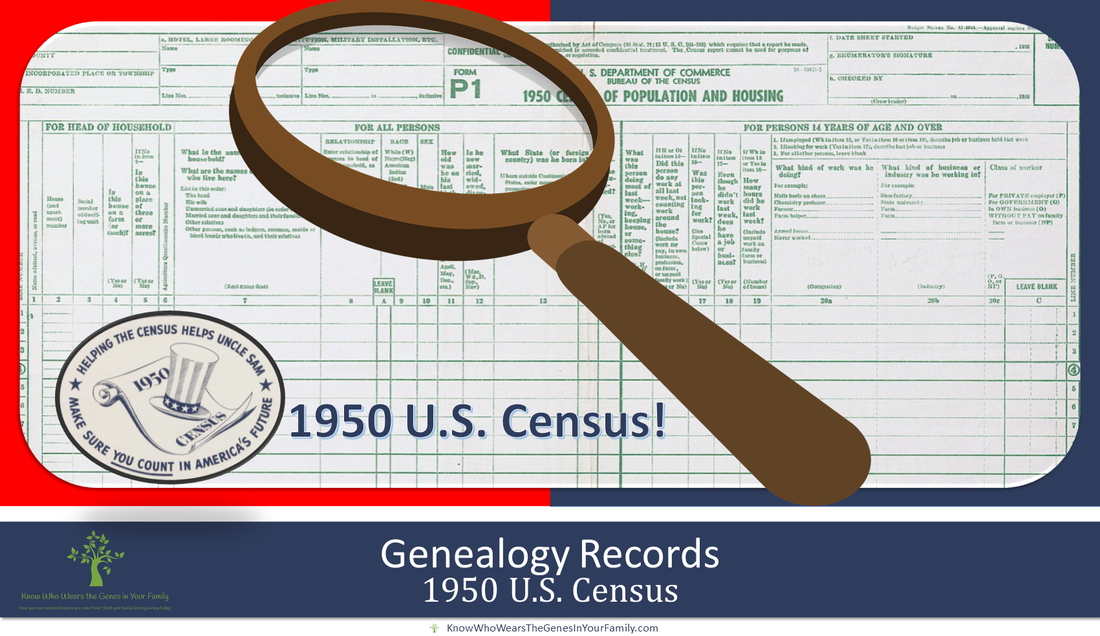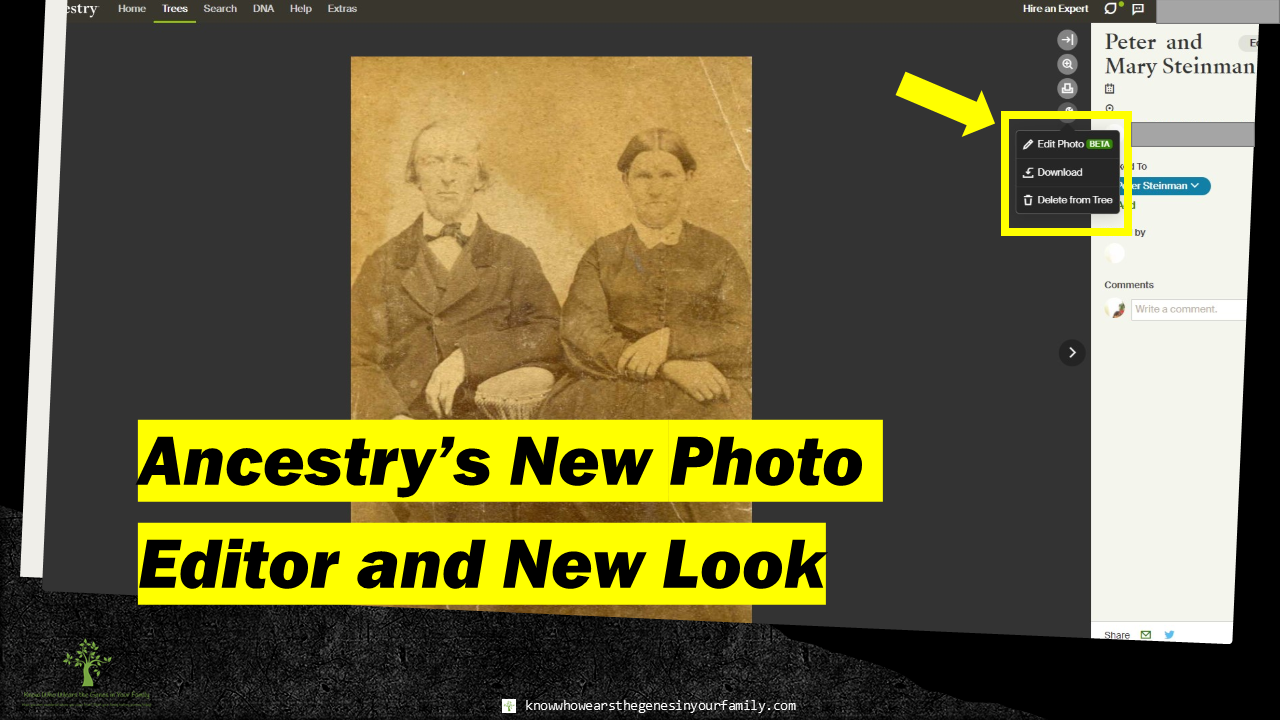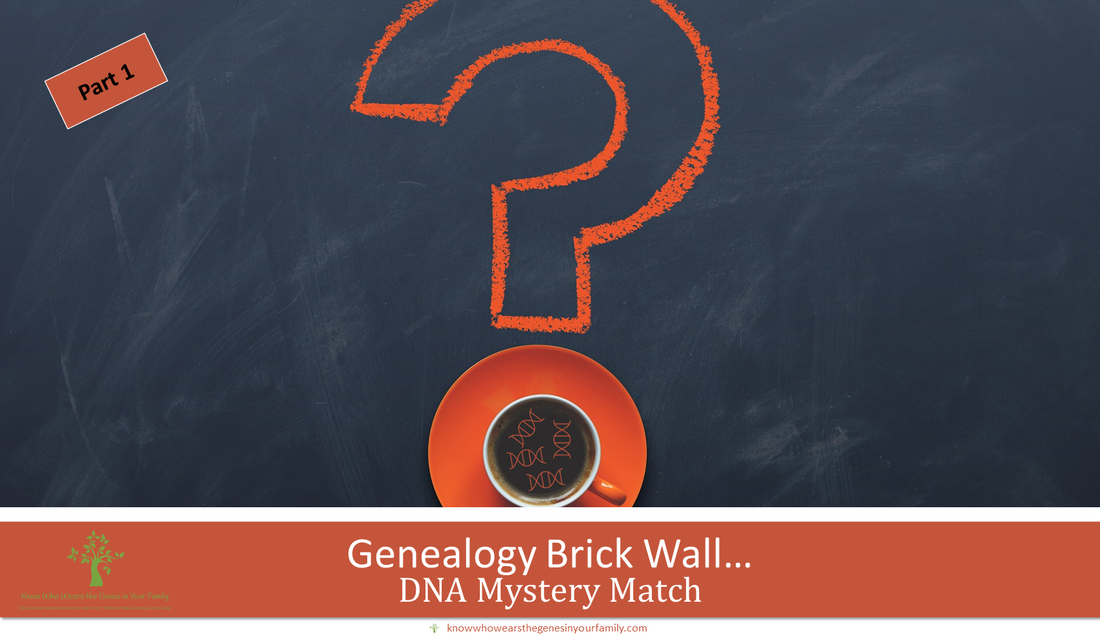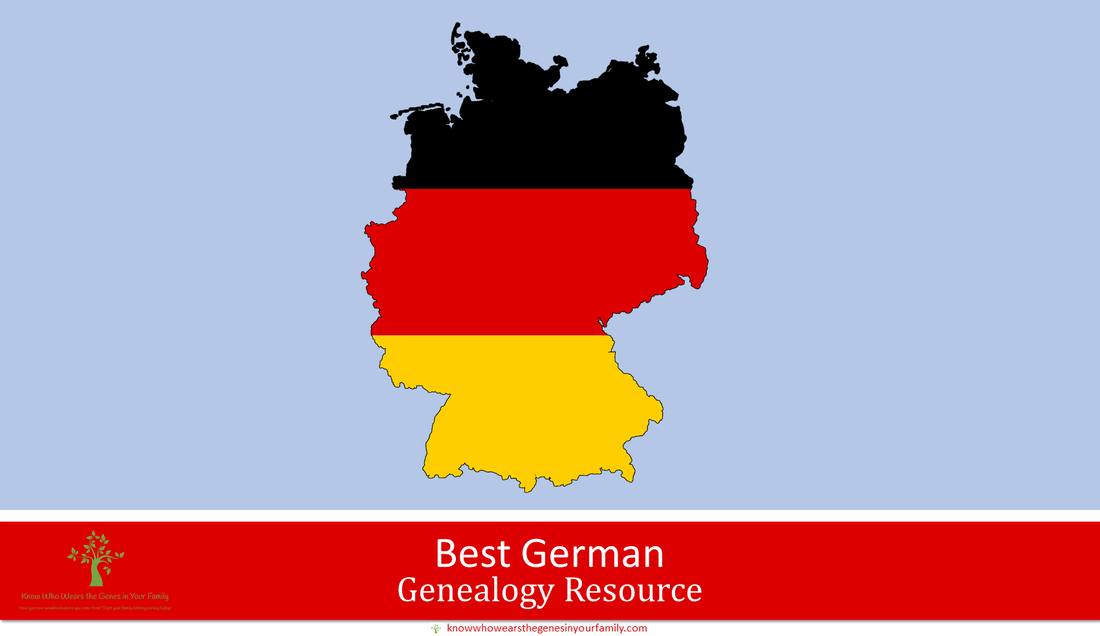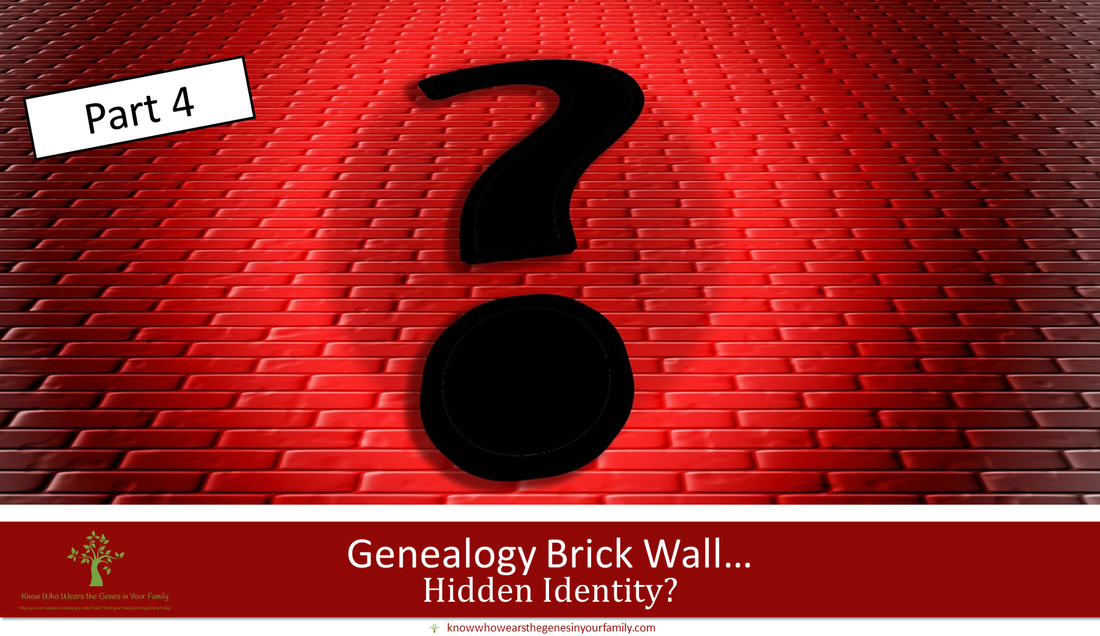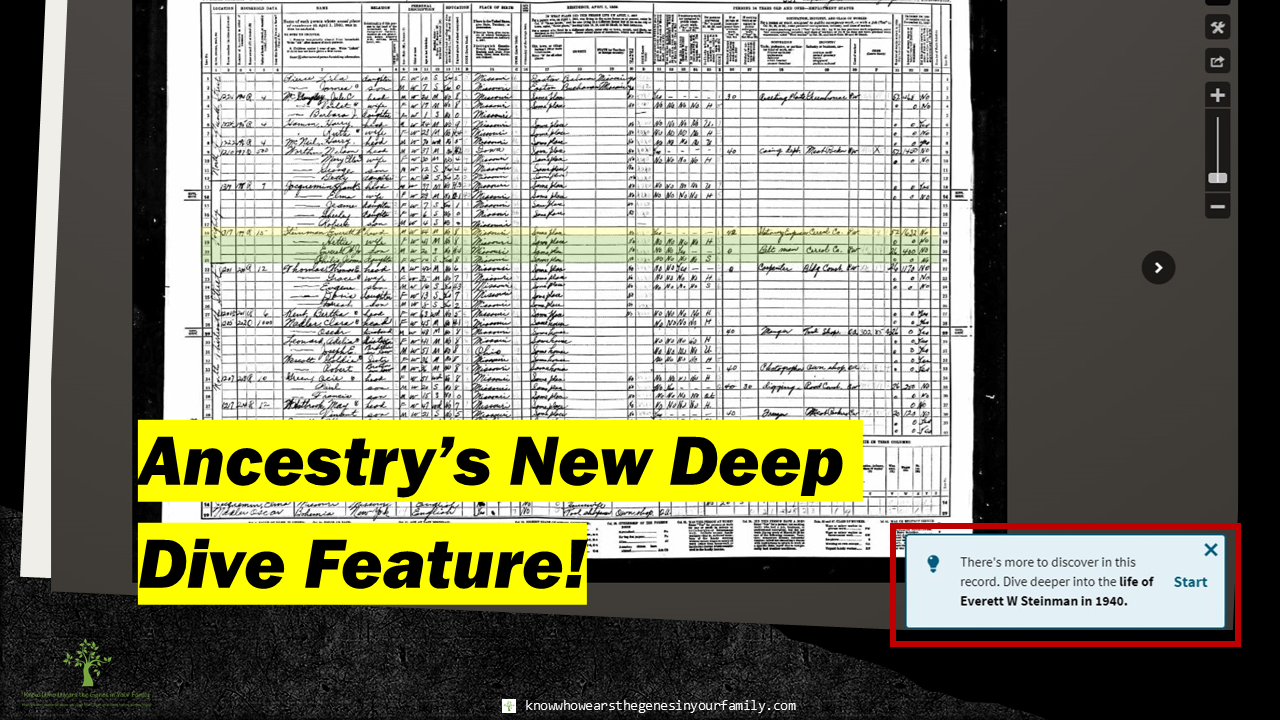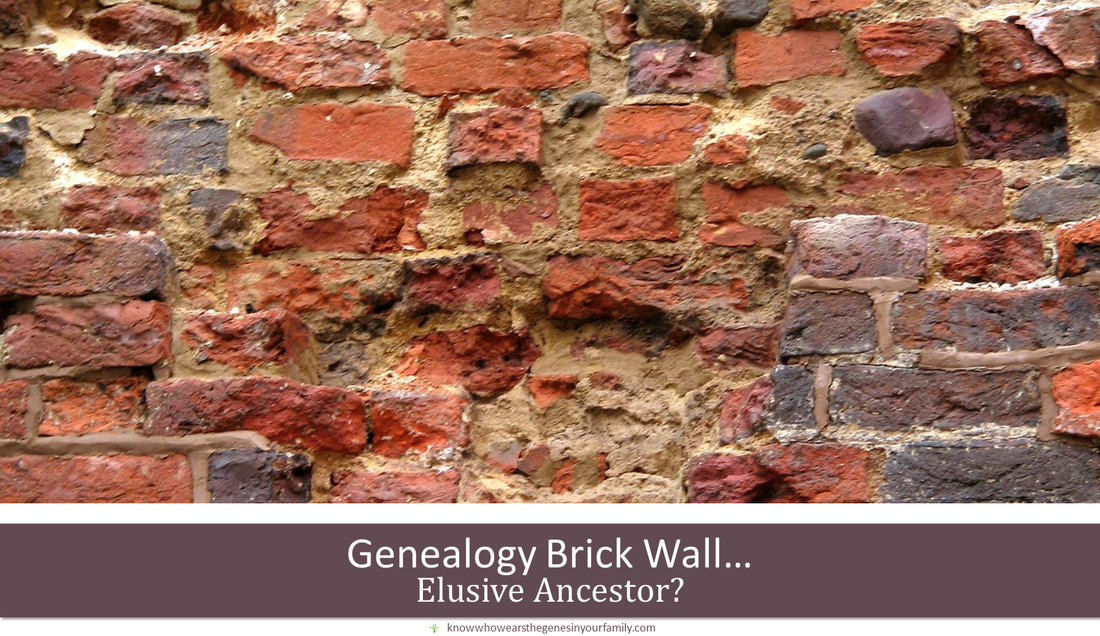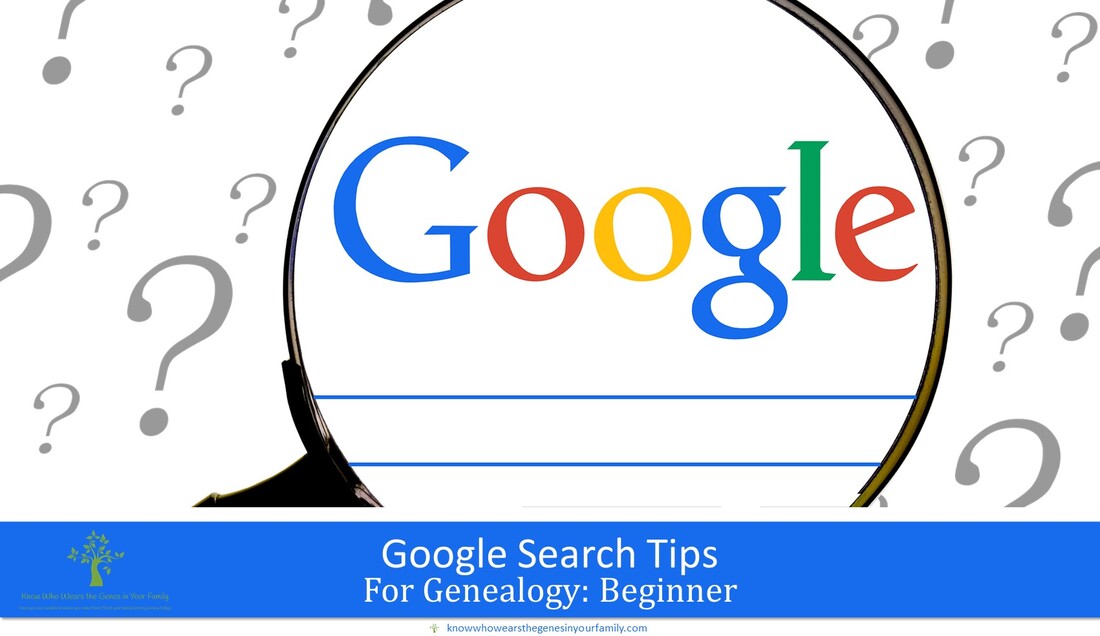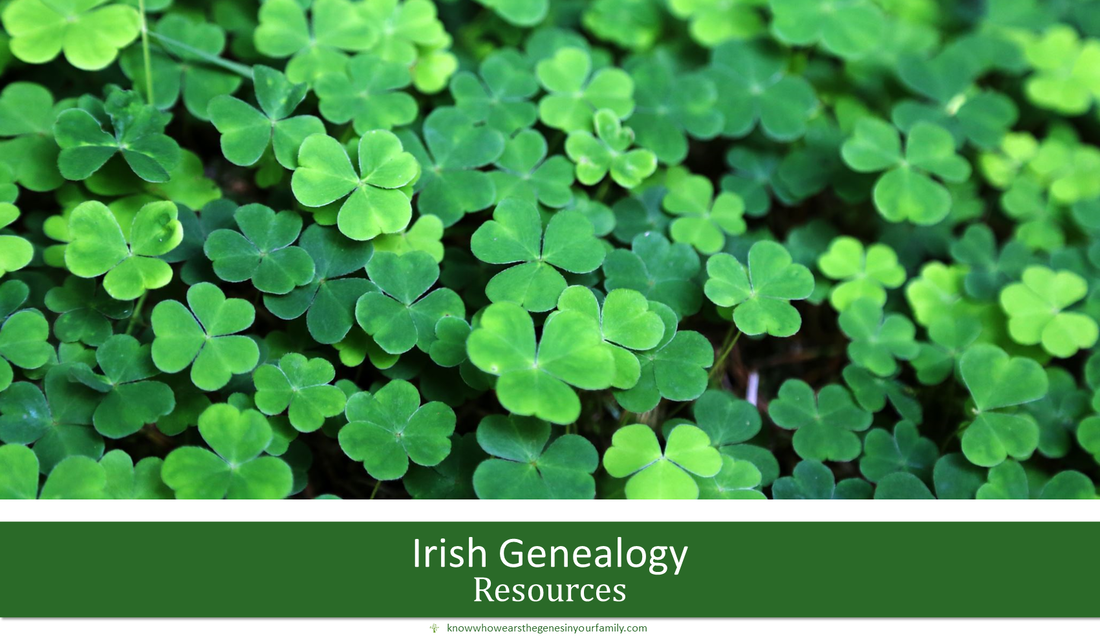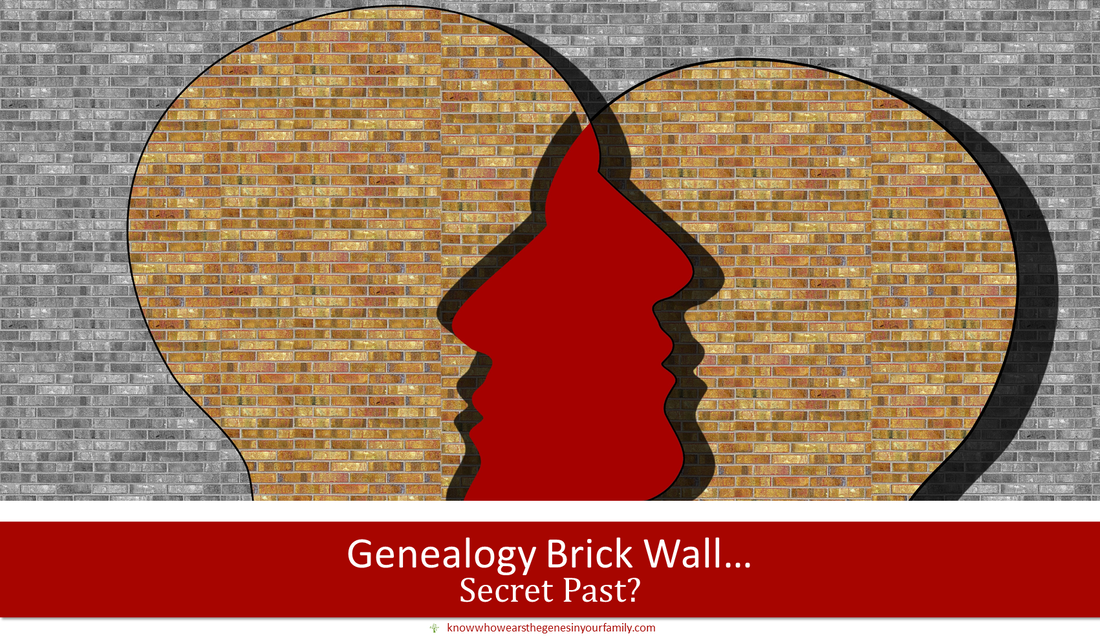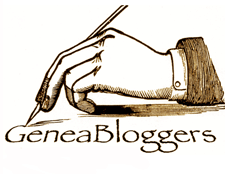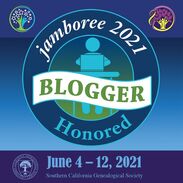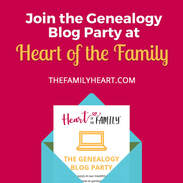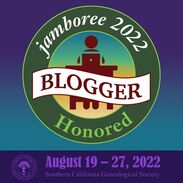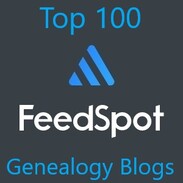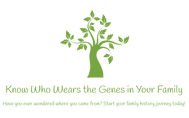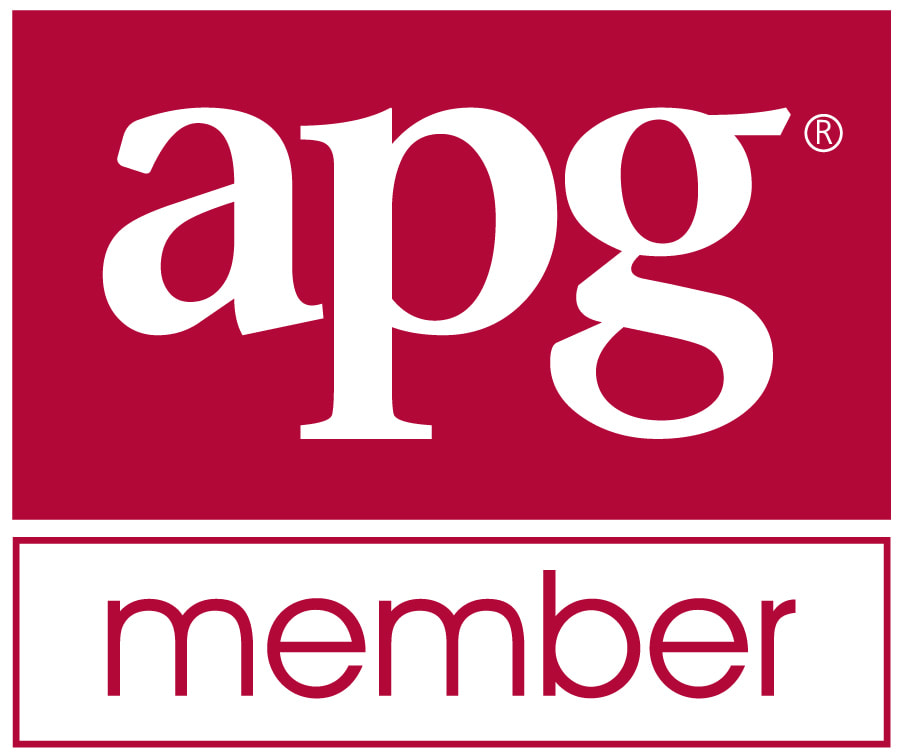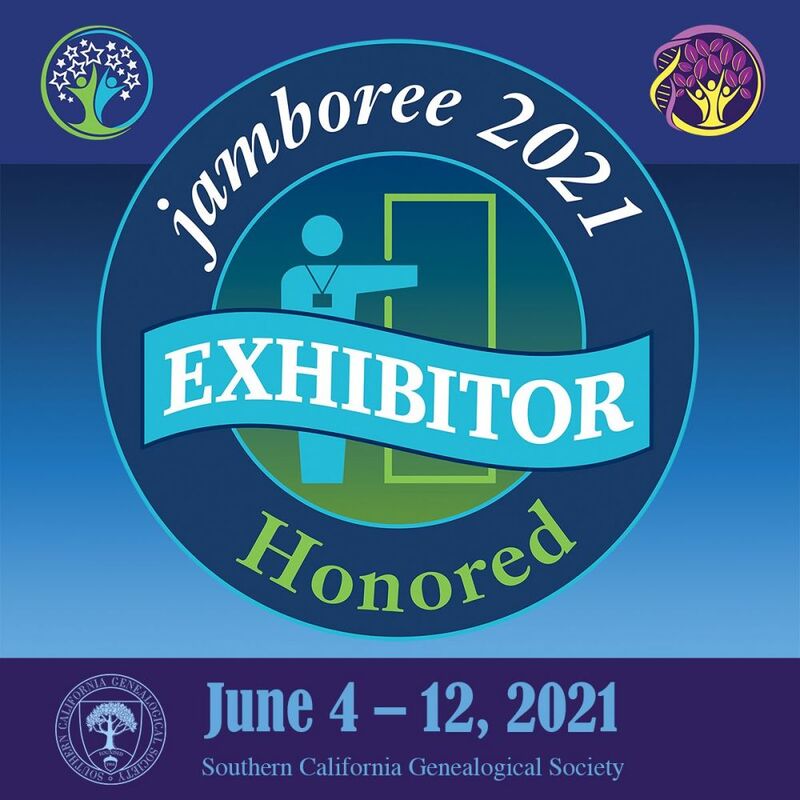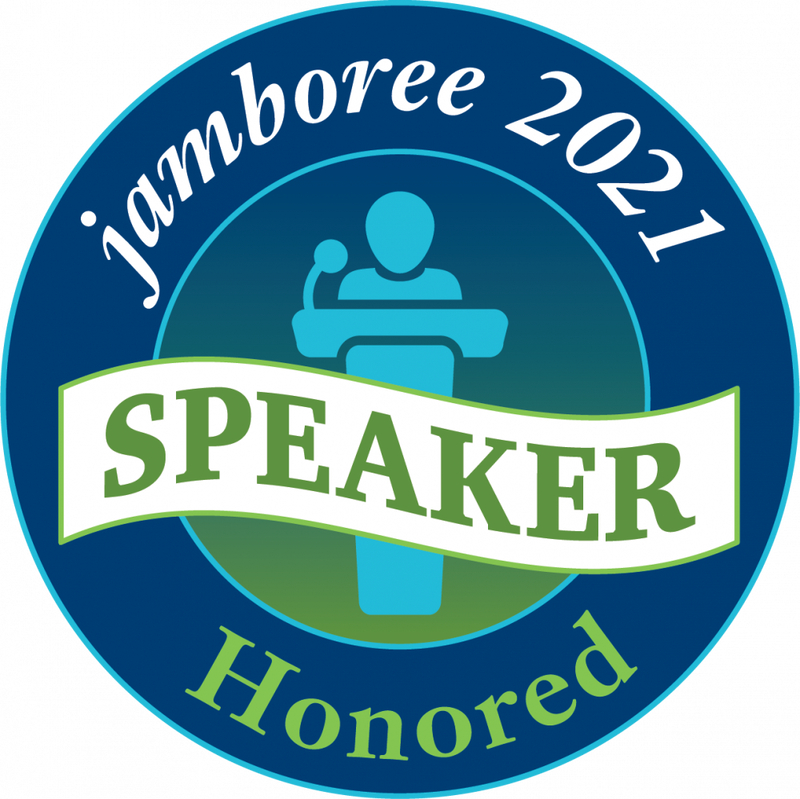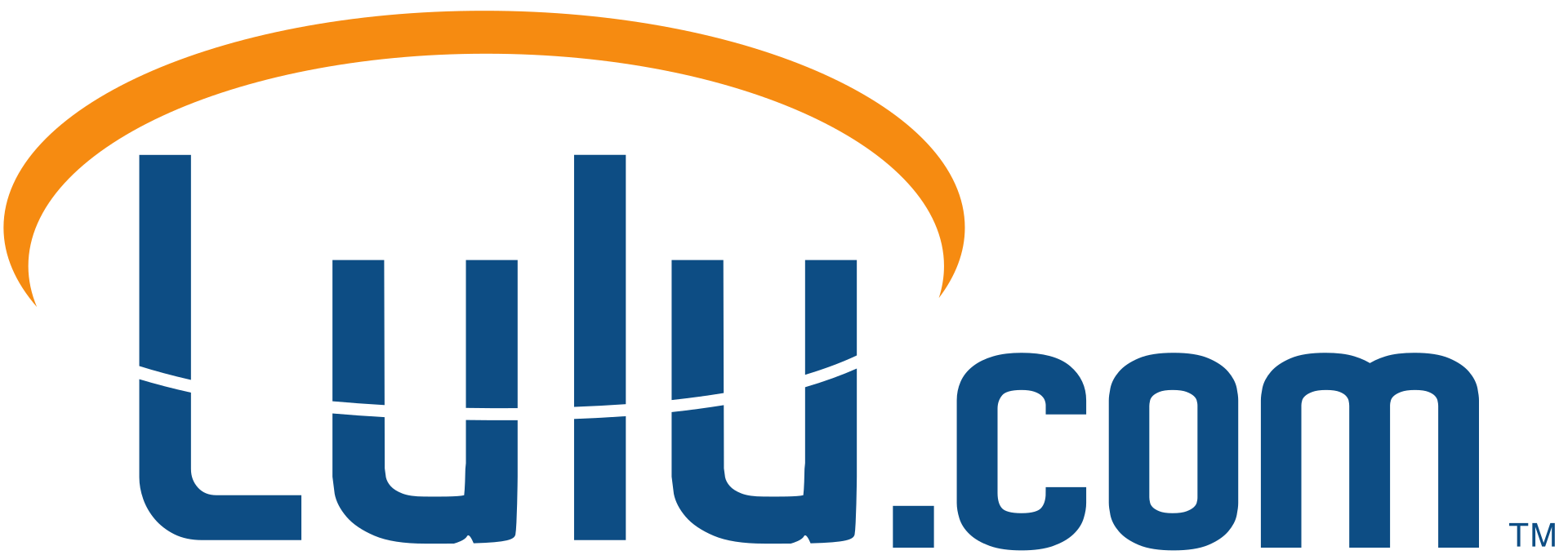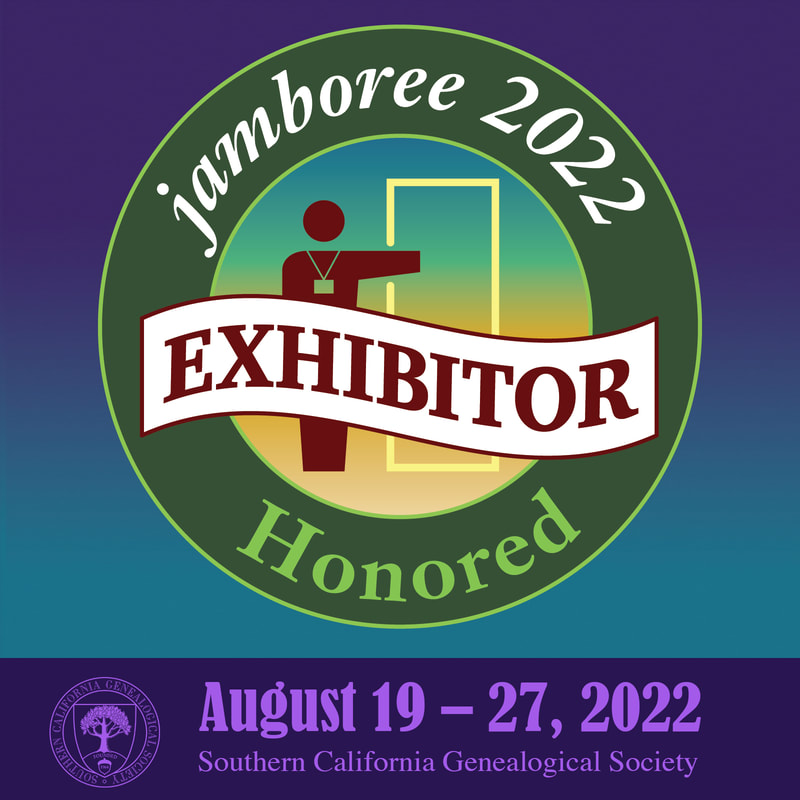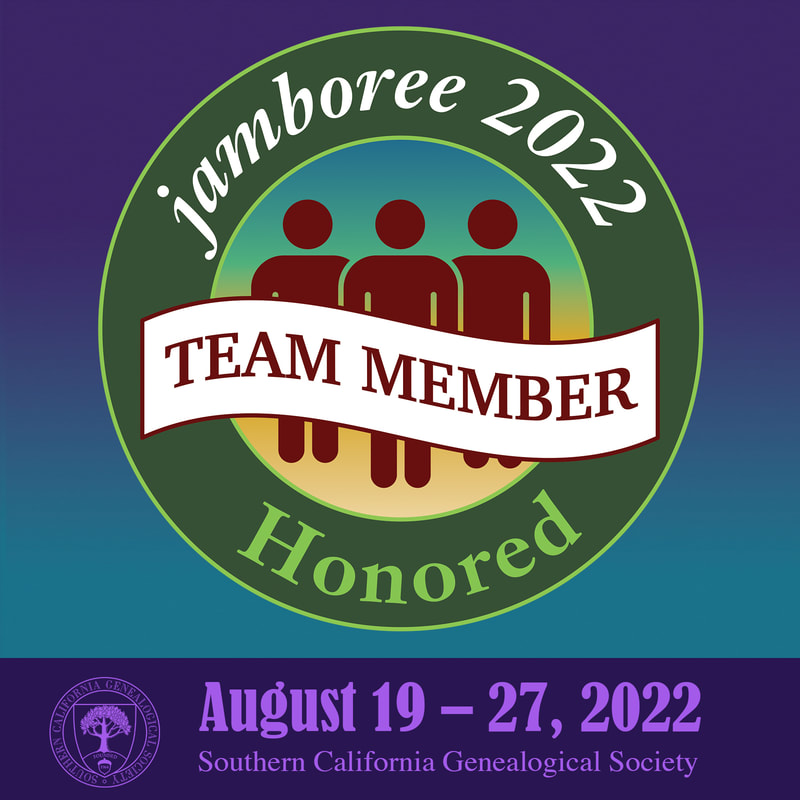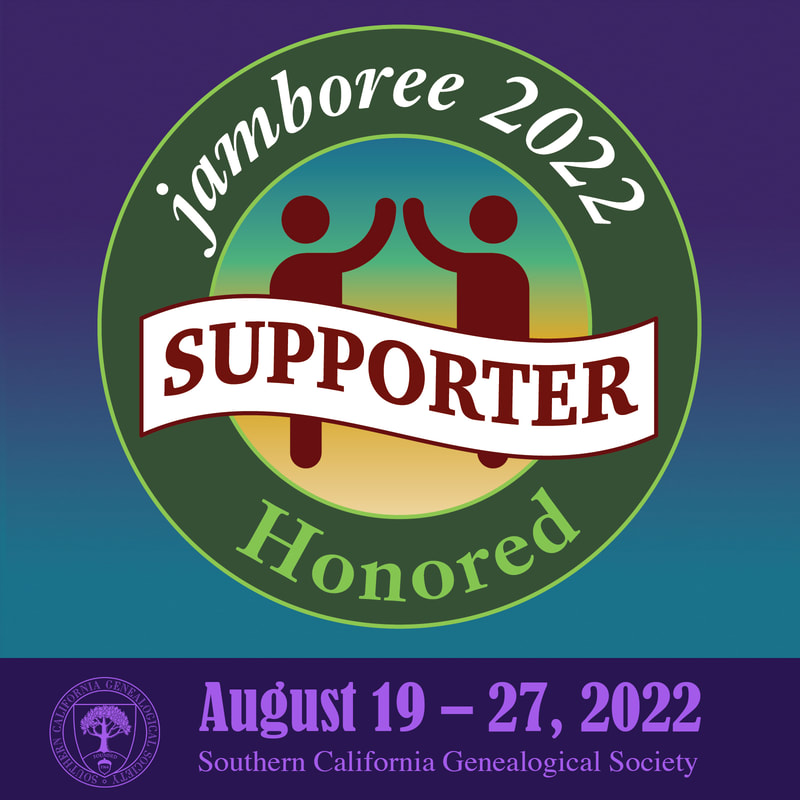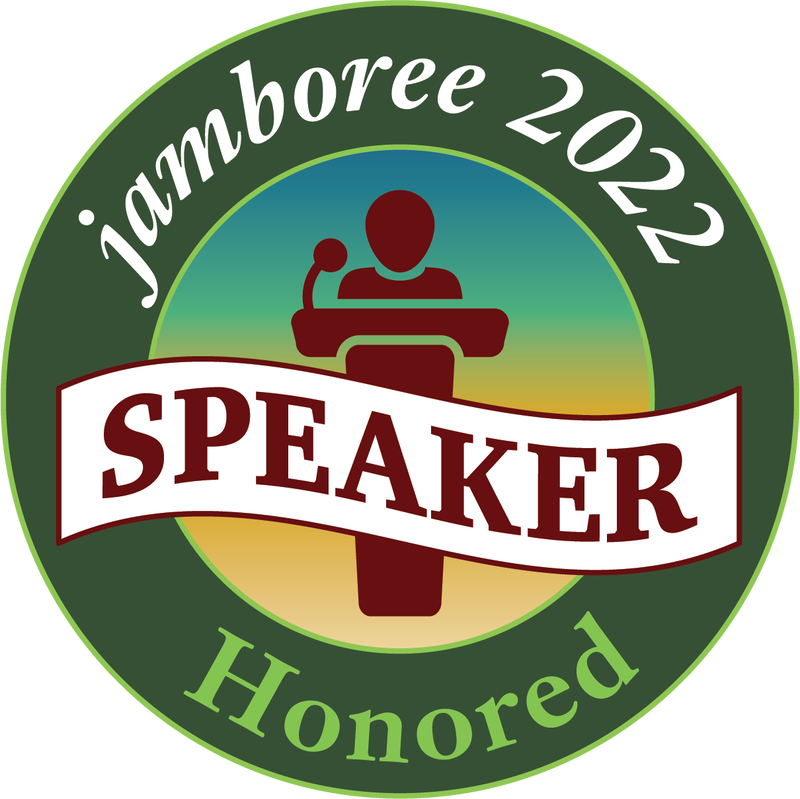|
Yes, there is a way to copy and save your DNA match list, easily! I am still in the process of testing out and using various AI platforms for different tasks, as some work out for certain tasks better than others, in my genealogical world. I recently tested out copying and pasting my DNA match list into the FREE version of ChatGPT to see if it would be an easy way to retain and save my matches and notes. Check out the results below for using AI to save your match lists, giving you yet another way to use AI in genealogy! Steps to Copy and Save Your DNA Match List with ChatGPT
Results of ChatGPT Retained DNA Match List and Notes*Note: Click on images to zoom in More Genealogy ResourcesLearn about more family history and genealogy resources under the Genealogy Resources category and on my dedicated Genealogy Resources page.
10 Comments
FamilySearch now has quite a few templates to choose from to design a FREE family tree keepsake. I first came across their family tree templates, as one of their campaigns, back in 2019. Then in another campaign last year, they included a few more. The newest campaign now has 35 templates to choose from, with 2 of the 4 offered last year (1 being the original) as well as 33 more. These are great little keepsakes that pull your info from FamilySearch, up to 4 generations only, and automatically fills it. I found the 2 originals and a few others to be nice little keepsakes. You used to be able to manually edit the text in the templates as well, but you can no longer do that. Check out some of the results below and create a FREE family History keepsake of your own! FamilySearch Family Tree Keepsake Design ExamplesYou can create your own FamilySearch Family Tree Keepsake here: FamilySearch Tree Designs More Genealogy ResourcesLearn about more FamilySearch and other family history and genealogy resources under the Genealogy Resources category and on my dedicated Genealogy Resources page.
I am still in the process of testing out and using various AI platforms for different tasks, as some work out for certain tasks better than others, in my genealogical world. I recently tested out generating transcriptions, extracts, and abstracts, using OCR and HTR for historical documents, from my family history, in Microsoft Copilot and Google Gemini. My preferred platform is ChatGPT, but I need to use Copilot and Gemini for images, if I want to go about it the free way. So far, I have tested out historical photos, which you can check out in, "AI in Genealogy: Microsoft Copilot for Historical Photo Descriptions!", transcribing obituaries, which you can read about in, "AI in Genealogy: Copilot and Gemini OCR for Obituary Transcriptions and Anaysis!", and parish records, that you'll find for information about in, "AI & Genealogy: Gemini HTR for Parish Record Transcription and Analysis!". Some will not work in Copilot but work in Gemini and Vice Versa, while some just don’t work at all. Some also turn out better than others, while some just make me laugh. It’s a hit and miss. Of course, nothing is perfect, but I’m sure it will get better as time goes by. Check out a few of the results below for using AI to transcribe and/or analyze genealogical records, such as death certificates, and see how you can use AI in your genealogy! Death Certificate Transcribed with Google Gemini Below is an example of a Gemini Transcription, using OCR and HTR, of my 2nd great grandfather’s death certificate. I’d say it did pretty darn well, with only a few hiccups, highlighted in yellow. Take a look! *Note: If you click on the images, it zooms in. 😉 I know, not very useful at this point in time, but just think of the OCR and HTR capabilities that will be here in the very near future, making all of our genealogical work a breeze, with endless possibilities! 😉 More Genealogy ResourcesLearn about more family history and genealogy resources under the Genealogy Resources category and on my dedicated Genealogy Resources page.
When you share your family history, whether it be your public family tree, through a blog, or even a family website or social media page, you undoubtedly share family/ancestor photos as part of the sharing process. This will not be a debate on whether you should share your photos or not but is just simply a way to address the issue of you maybe wanting to share photos to help others out and bring joy but not necessarily having someone reshare them and take the credit. My trees on Ancestry and MyHeritage are private, as that is what I prefer for numerous reasons. When I get a request on Ancestry, through Ancestry messaging, asking to share a photo, I need to do so through email, as Ancestry’s messaging does not let you attach a photo if it’s not in a public tree. I am always happy to share photos, but like many, I don’t like having my photos reshared by someone else as their own. If you are like many, there is a way to share your photos, while protecting them as your own. You can create a watermark for your photos, documents, research, and anything else needed, for free, in Canva. How to Create a Free Watermark in Canva
This version does add a slight filter over your photo Or
Drawbacks to Adding a Watermark to Your Family History Photos
Examples of Free Watermarks Made in CanvaKeep in mind that anyone can easily remove them. 😉 More Genealogy ResourcesLearn about more family history and genealogy resources under the Genealogy Resources category and on my dedicated Genealogy Resources page.
The Free Google Gemini AI Platform performs a good attempt at handwritten text recognition and analysis in genealogical documents, such as parish records! I have been testing and using AI for many things in my genealogical world this past year, along with testing out and using various AI platforms for different tasks, as some work out for certain tasks better than others. I recently tested out generating transcriptions, extracts, and abstracts, using HTR for historical documents, from my family history, in Microsoft Copilot and Google Gemini. Some will not work in Copilot but work in Gemini and Vice Versa, while some just don’t work at all. Some also turn out better than others, while some just make me laugh. It’s a hit and miss. Of course, nothing is perfect, but I’m sure it will get better as time goes by. OCR is much better than HTR, such as in newspaper articles, which you can read more about in "AI in Genealogy: Copilot and Gemini OCR for Obituary Transcriptions and Analysis!". Check out a few of the results below for using AI to transcribe and/or analyze parish records and see how you can use AI in your genealogy! Google Gemini AI-Powered HTR Parish Record Transcription and Analysis TestsNot very useful, but I just wanted to test out HTR capabilities with free AI platforms. 😉 More Genealogy ResourcesLearn about more family history and genealogy resources under the Genealogy Resources category and on my dedicated Genealogy Resources page.
Explore Ancestry's Records with AI!Ancestry has just come out with a new AI records feature, a few days ago, that allows you to further explore your ancestor’s records, using AI technology, that further enhances your family history experience! Records Available with This Feature (For Now)
How to Get to Ancestry's AI Record Explorer
Currently in BETA ModeThis feature is new and currently in BETA mode, and they have already changed the results that are churned out quite a few times already. The moment this feature popped up, while working on a client’s case, I quickly checked it out on a possible record I was already in the process of viewing, when it just all of the sudden appeared before my eyes. The first AI record exploration I tried had extremely flowery language and made me laugh. It also seemed to add a lot of context that was not based on facts. I quickly went to my own tree and tried it out on a few of my own ancestor’s records. Within minutes, the tone and mood of the results had changed, along with it sticking more to the facts, with context slightly truer to the facts. As of today, it has now changed to pretty much just straight facts, without much of a tone or mood of any kind. I prefer the second change, with a little context and slight tone and mood. Check out the examples below! Update: Within minutes after I gave the “as of today” above, it has changed again. So, I guess you’ll never know what you will get, until they work out all the kinks. 😉 Ancestry AI Record Explorer with WW II DraftAncestry AI Record Explorer with Census RecordAs you can see, from these 4 different versions generated, each at different times, since release, the output keeps changing, but I'm sure they'll find a perfect balance. This is a fantastic, fun addition, and I hope to eventually be able to explore more records with this AI feature! More Ancestry and Genealogy ResourcesLearn about more Ancestry updates, tips, tools, and features and other family history and genealogy resources under the Genealogy Resources category and on my dedicated Genealogy Resources page.
Are you using AI to help generate transcriptions, extracts, or abstracts for and/or understand your genealogical documents? I have been testing and using AI for many things in my genealogical world this past year. I have tested out and used various AI platforms for different tasks, as some work out for certain tasks better than others. I recently tested out generating transcriptions and using OCR for historical documents, from my family history, in Microsoft Copilot and Google Gemini. Some turned out better than others. It’s a hit and miss. Of course, nothing is perfect, but I’m sure it will get better as time goes by. Check out a few of the results below for using AI to transcribe and/or analyze obituaries and see how you can use AI in your genealogy! Microsoft Copilot AI-Powered OCR Obituary Transcription and Analysis Test- Example (Try #1)Here is an example using AI-Powered OCR for transcription and analysis of an obituary for my 2nd great grandfather, Samuel Steinman. It turned out pretty good, I'd say! Google Gemini AI-Powered OCR Obituary Transcription and Analysis Test- Example (Multiple Tries)After multiple attempts, with different prompts, Google Gemini was unable to use AI-Powered OCR for transcription and analysis of the same obituary for my 2nd great grandfather, Samuel Steinman. I tried the same prompt as above, just simply "Transcribe", simply "What is this?", and more, to no avail. Now, don't think for a moment that Google Gemini is of no use. As I mentioned, I use a combination of different platforms depending on the task, and Google Gemini performs much better in other tasks. More coming soon. More Genealogy ResourcesLearn about more family history and genealogy resources under the Genealogy Resources category and on my dedicated Genealogy Resources page.
You can now share your DNA results with collaborators at MyHeritage! MyHeritage has now added the much-needed option to seek advice and guidance from others, by securely sharing your DNA results with a collaborator. By inviting others to view your DNA results, and become a member of your family site on MyHeritage, collaboration has never been easier! Benefits to DNA Collaboration at MyHeritage
Who Can Collaborate with MyHeritage DNA Results
Learn more: New: Sharing DNA Results with a Collaborator More MyHeritage and Other Genealogy ResourcesLearn about more MyHeritage and other family history and genealogy resources under the Genealogy Resources category and on my dedicated Genealogy Resources page.
FamilySearch has just added new, experimental products to the FamilySearch Labs, with many using AI! One of these new features is a historical record full-text search, powered by AI, where you may unearth hidden discoveries in historical records that have never been searchable until now! As of now, there are only 2 collections included in the experimental FamilySearch Labs for this feature, U.S. Land and Probate Records and Mexico Notary Records, with more being added soon! Not only does it generate a full-text search, but it also gives you a full transcript, which is downloadable, with the original record! Check out an example below! FamilySearch Full-Text Record SearchFamilySearch Full-Text Record Search & Full Record TranscriptFamilySearch Full-Text Search Record Transcript DownloadIf you’d like to try out this or any other experimental features, you must sign up first at: FamilySearch Labs More FamilySearch and other Genealogy ResourcesLearn about other FamilySearch updates and features, along with more family history and genealogy resources under the Genealogy Resources category and on my dedicated Genealogy Resources page.
Are you using AI to help generate descriptions for your family history photos? I have been testing and using AI for many things in my genealogical world this past year. I have tested out and used various AI platforms for different tasks, as some work out for certain tasks better than others. I recently tested out generating descriptions for historical photos, from my family history, in Microsoft Copilot. Some turned out better than others. Check out a few of the results below and see how you can use AI in your genealogy! AI Historical Photo Descriptions in Genealogy- Example 1AI Historical Photo Descriptions in Genealogy- Example 2AI Historical Photo Descriptions in Genealogy- Example 3More Genealogy ResourcesLearn about more family history and genealogy resources under the Genealogy Resources category and on my dedicated Genealogy Resources page.
|
Details
Categories
All
FeaturedTop PostsBlogrollEvalogue.Life, Heart of the Family, Molly's Canopy, Climbing My Family Tree, Cami Mayer, Field Genealogist, Ancestor Detective, DNA Breakthroughs, Your DNA Guide, Ancestral Findings, Genealogy Tip of the Day, Family History Daily, Genea-Musings
BlogI hope my family history and genealogy blog on genealogy research tips, resources, events, and more, along with my own genealogy journeys, will help you in your research and in building your family tree to learn more about your ancestors and family history to preserve for future generations to come! Come visit me at Know Who Wears the Genes in Your Family if you're interested in starting your family history journey, booking me for your next speaking event, or family history and genealogy heirloom products!
Archives
July 2024
|
HoursM-Su: 8am - 8pm
|
Know Who Wears the Genes in Your Family is dedicated to promoting family history and genealogy, while maintaining commitment to client care and professional service, and adheres to the Code of Ethics and Professional Practices put forth by the Association of Professional Genealogists.
|






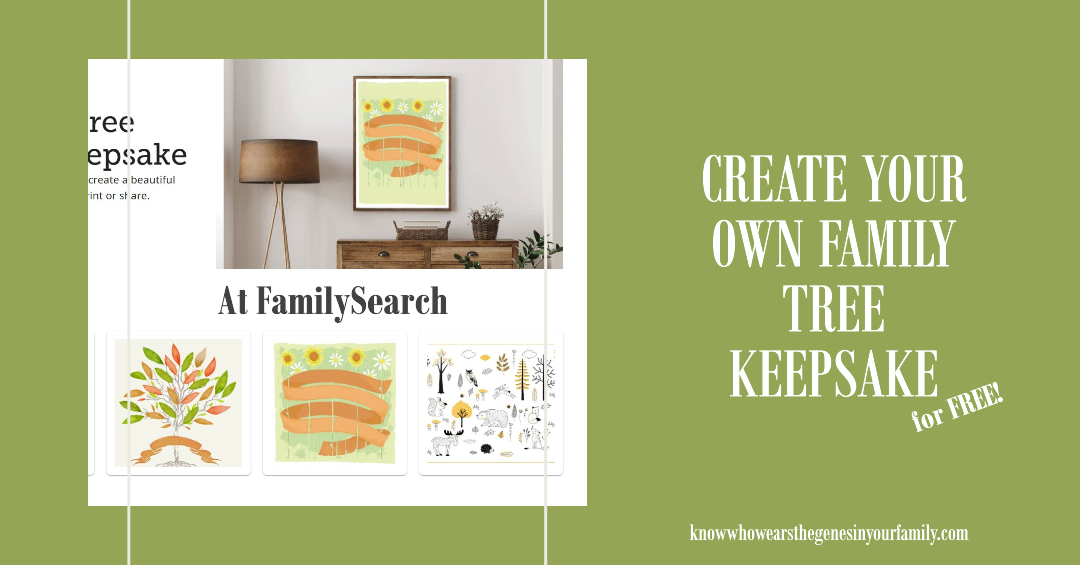




















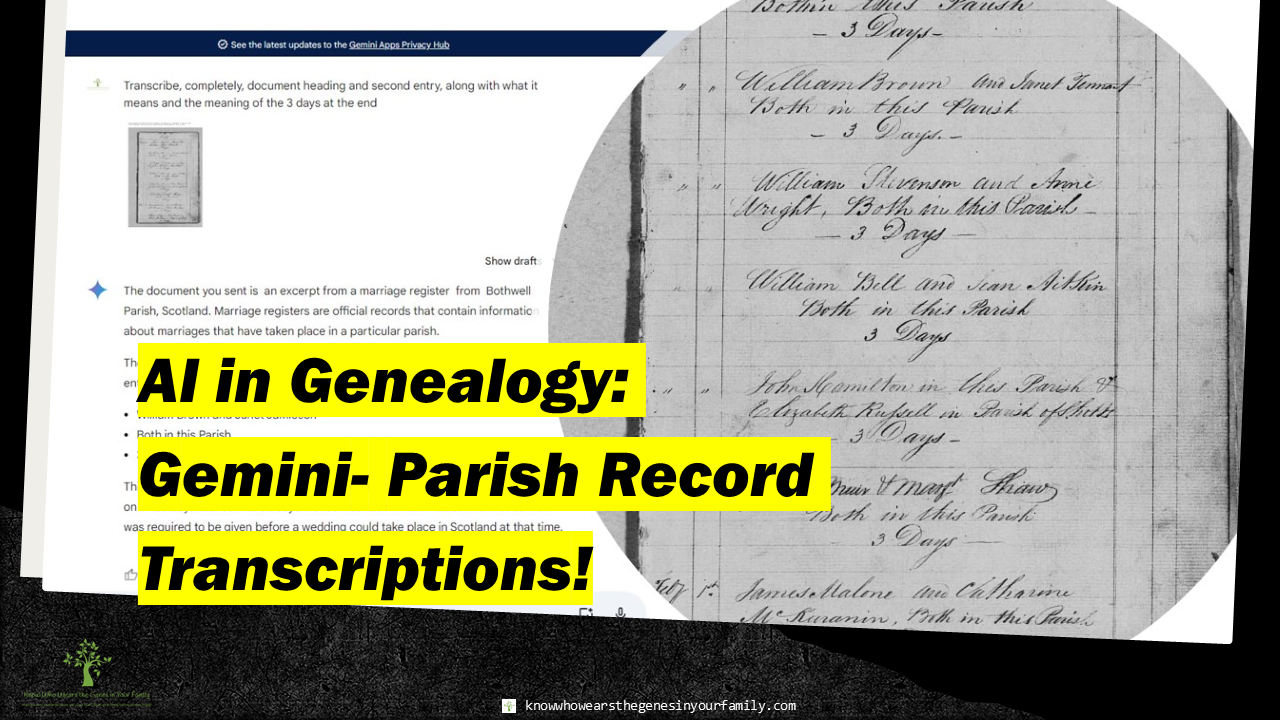

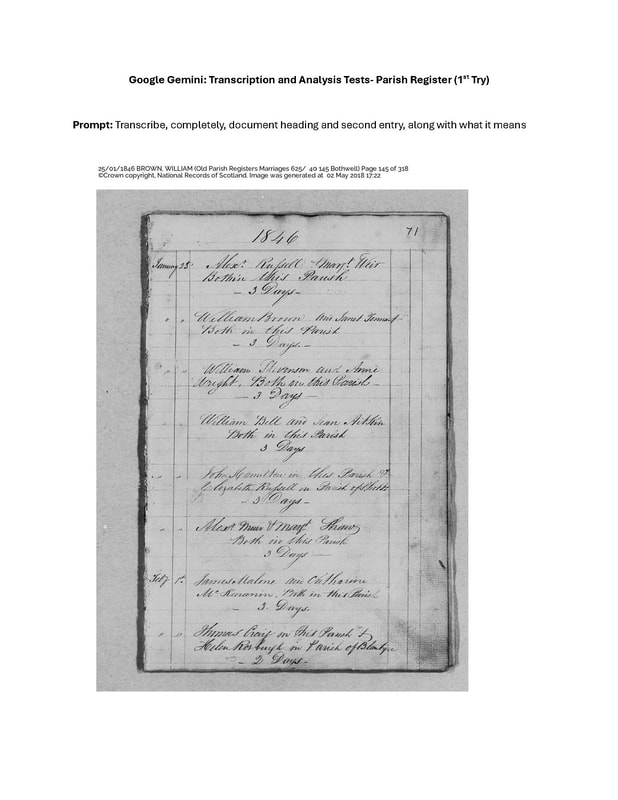
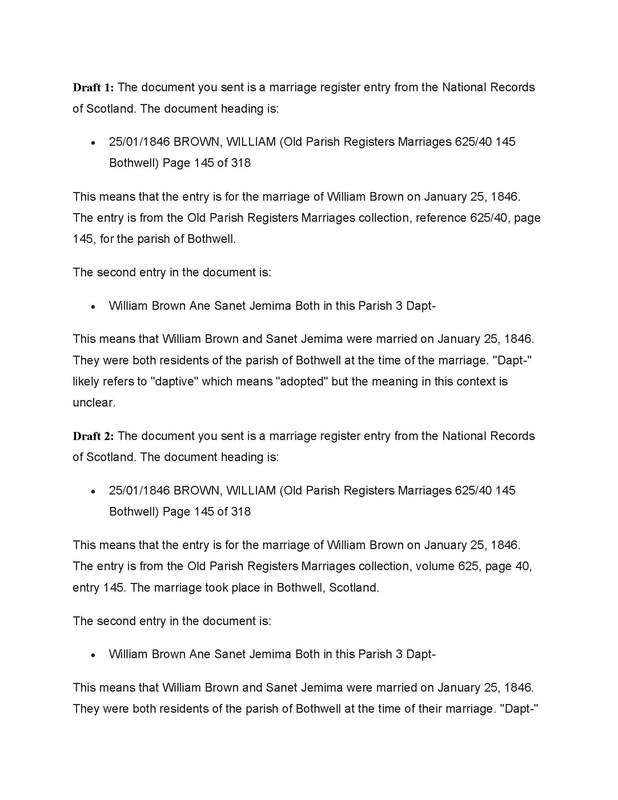
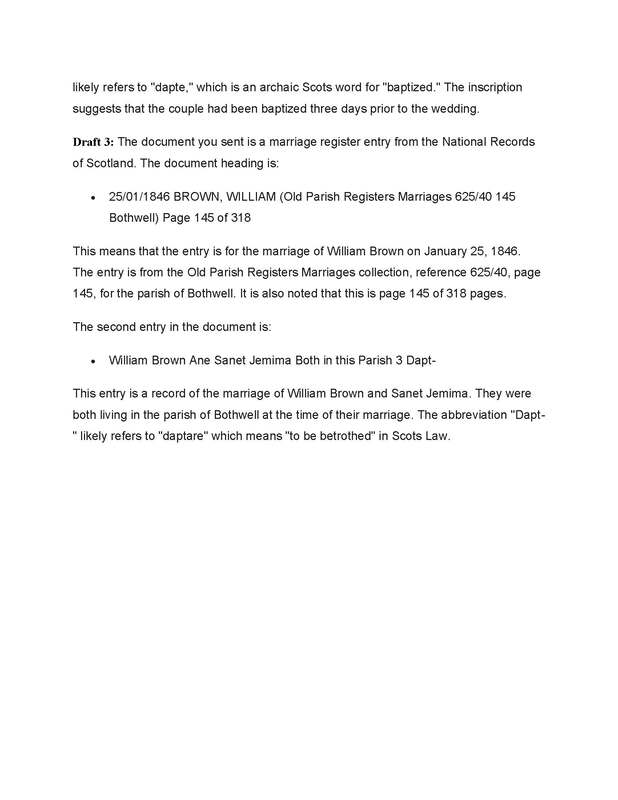
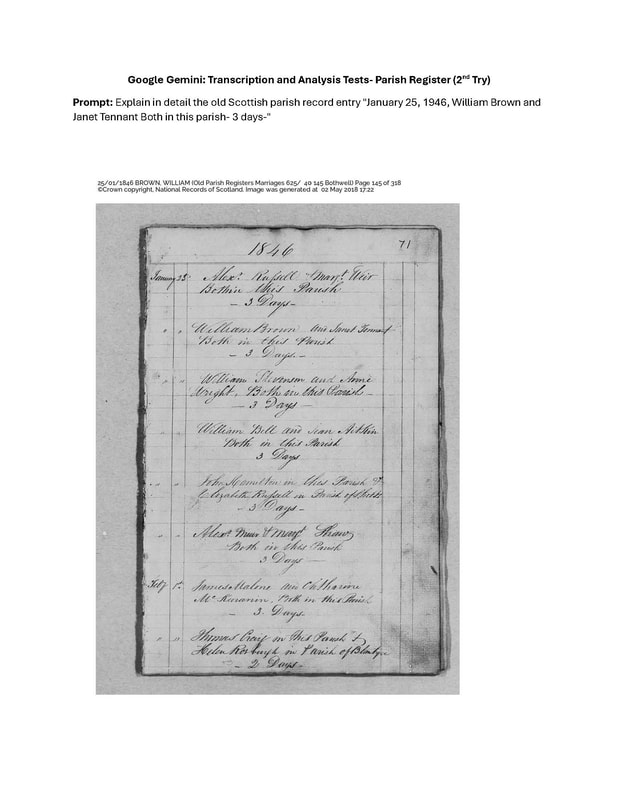
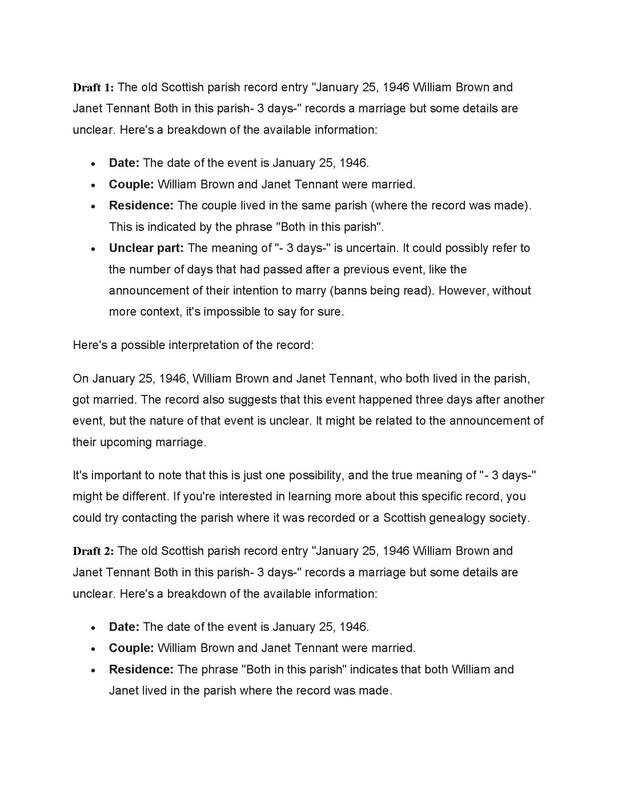
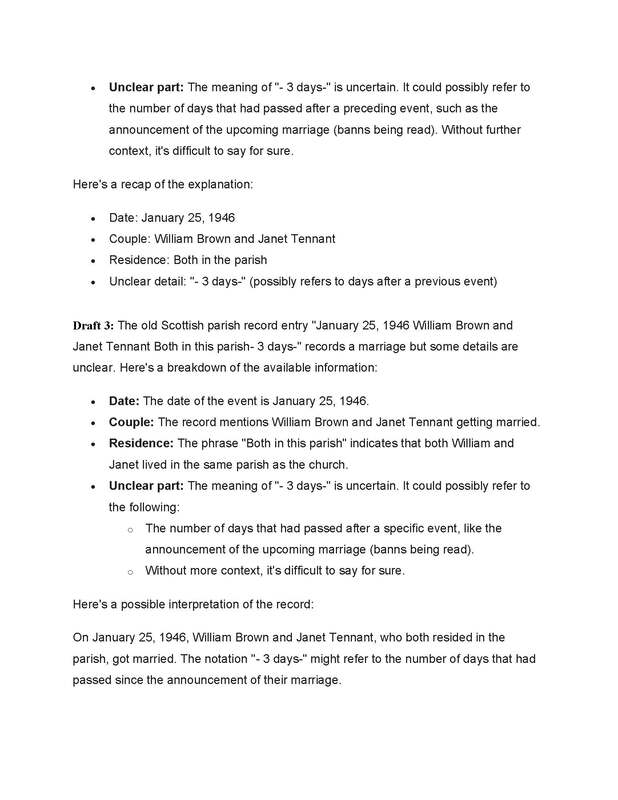

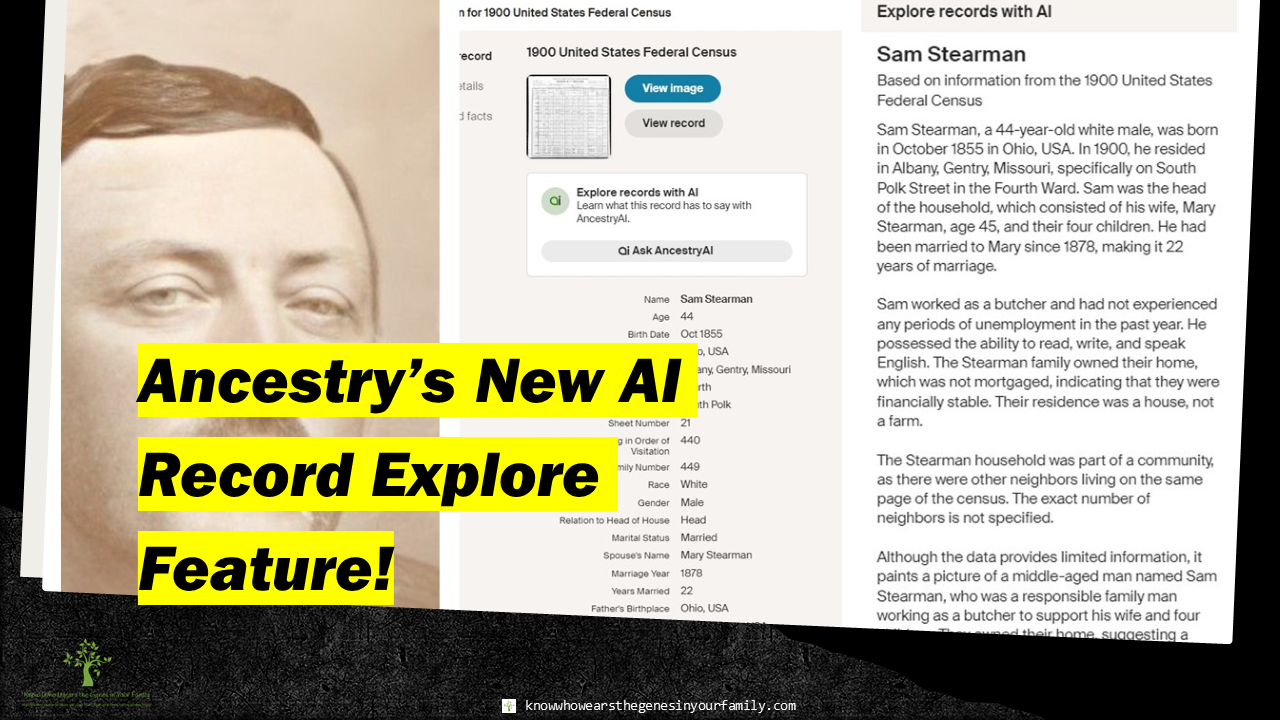
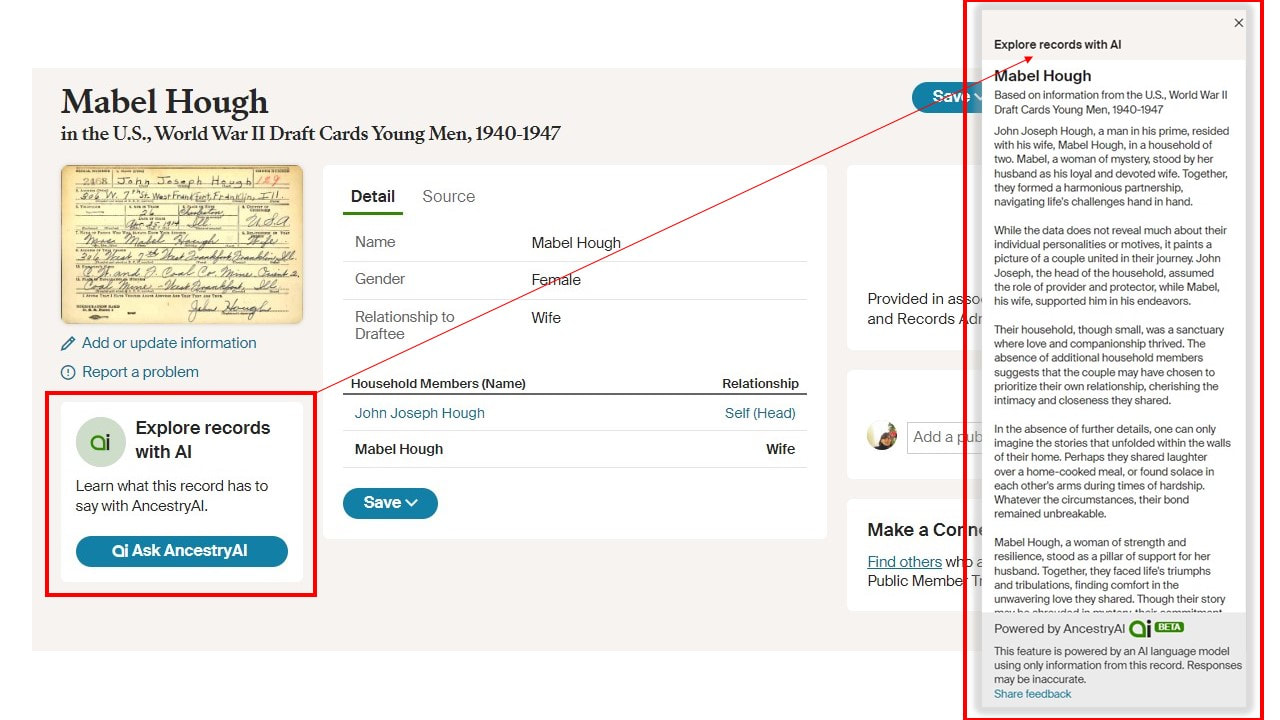
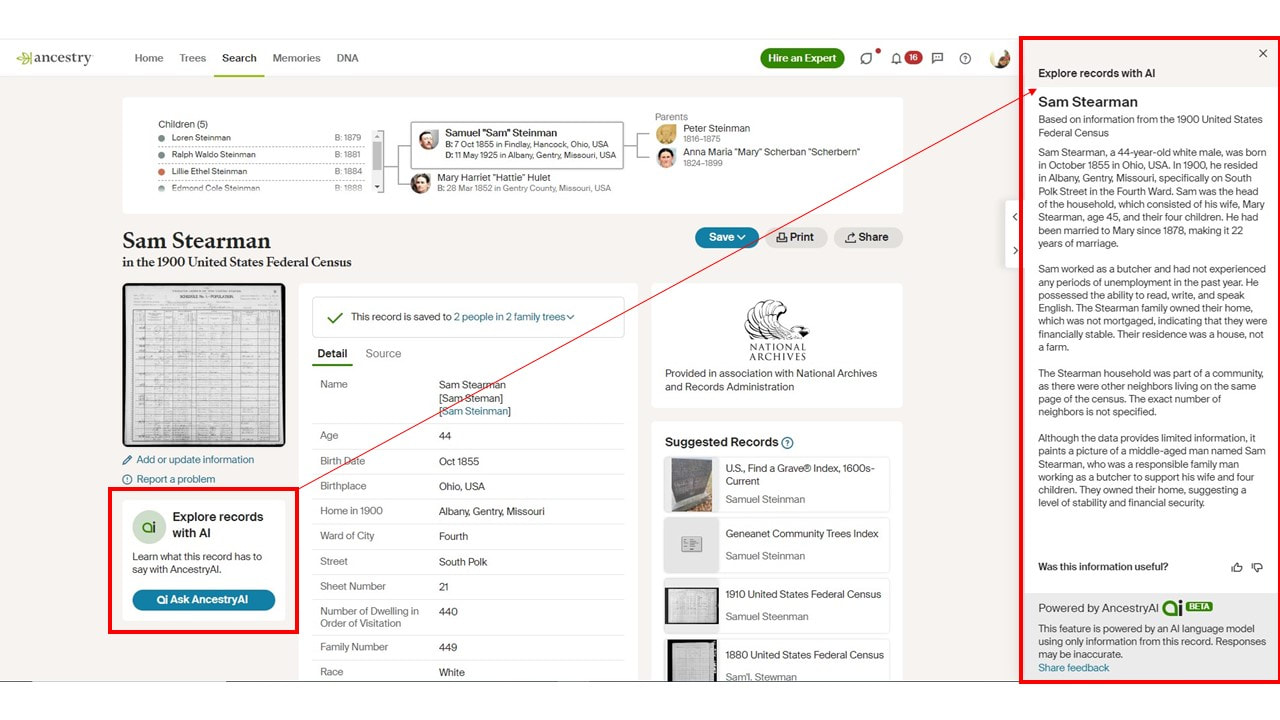
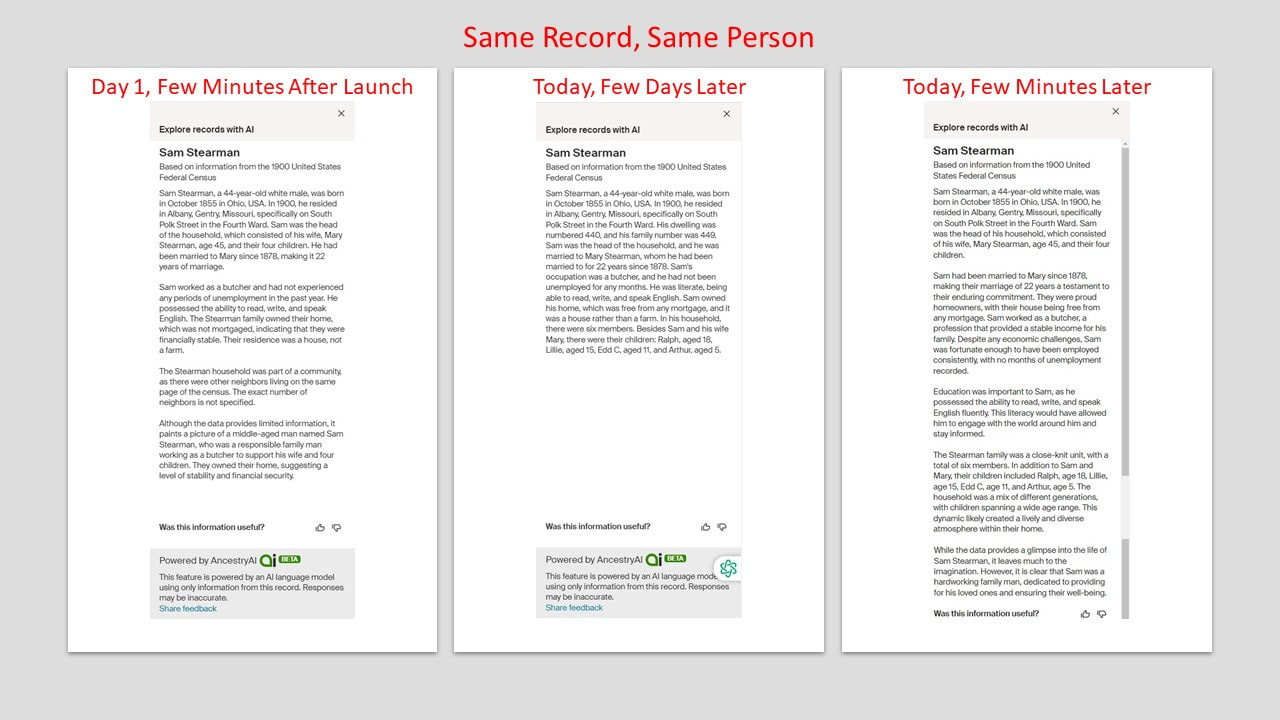
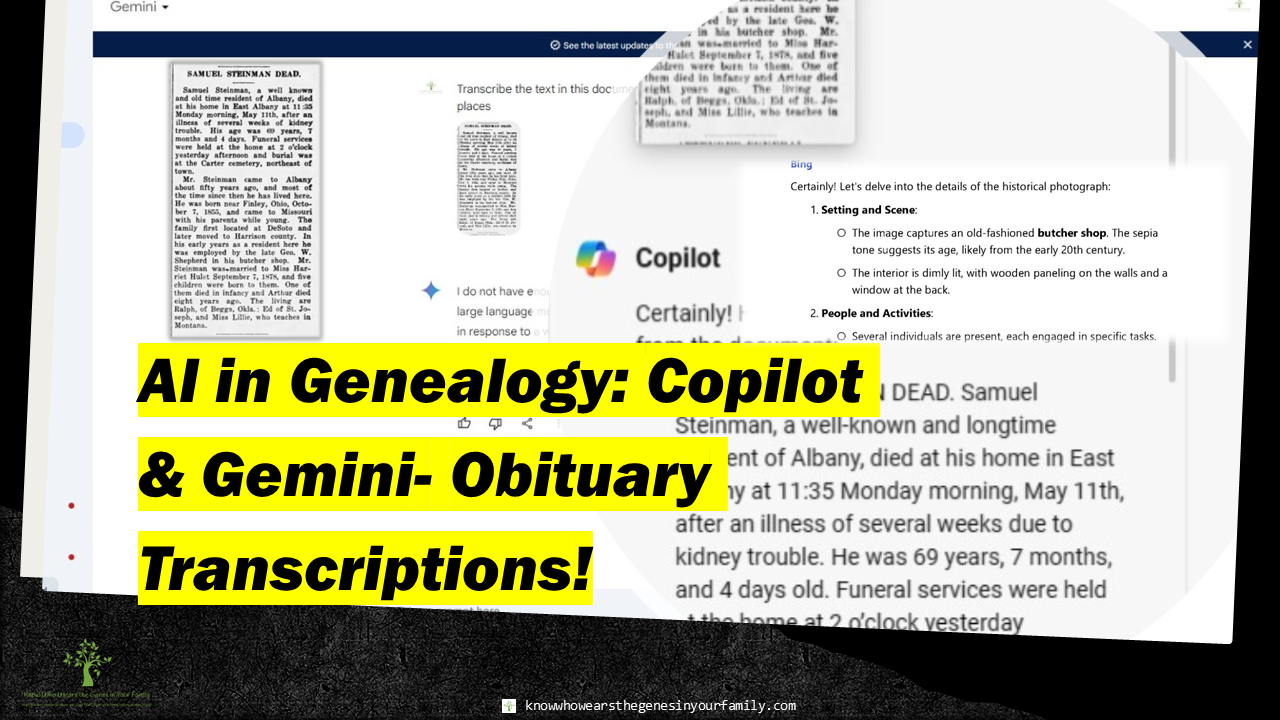
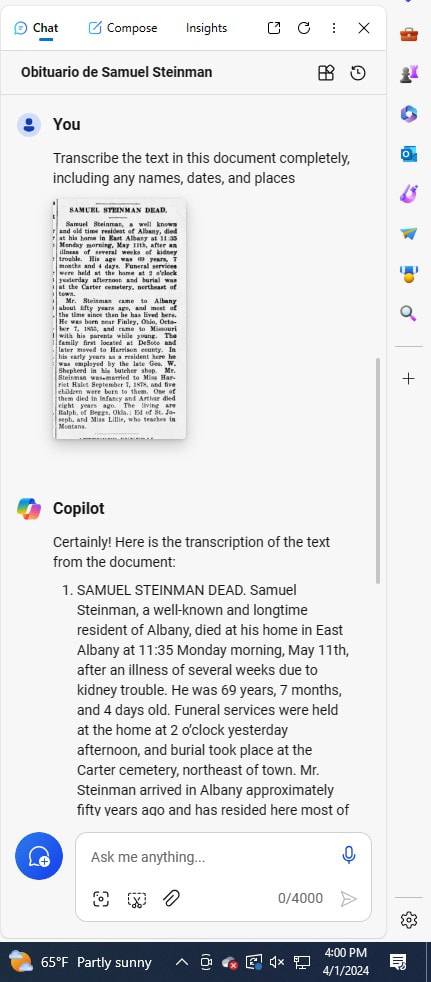
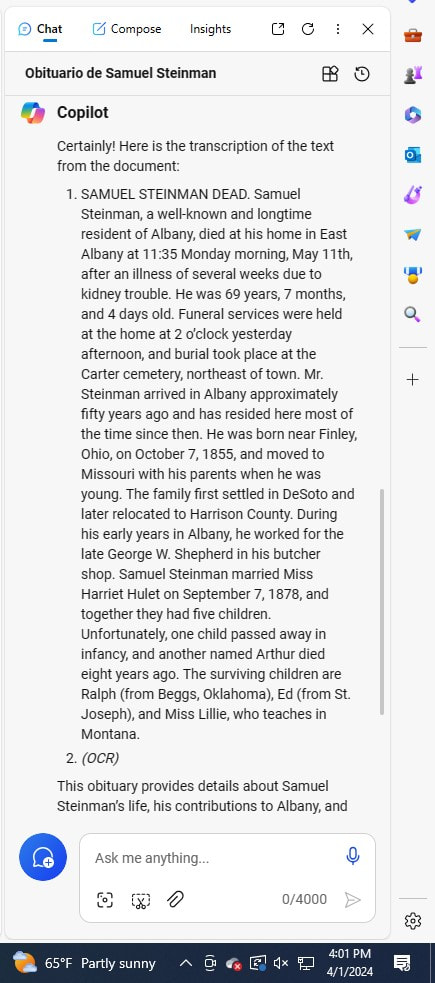
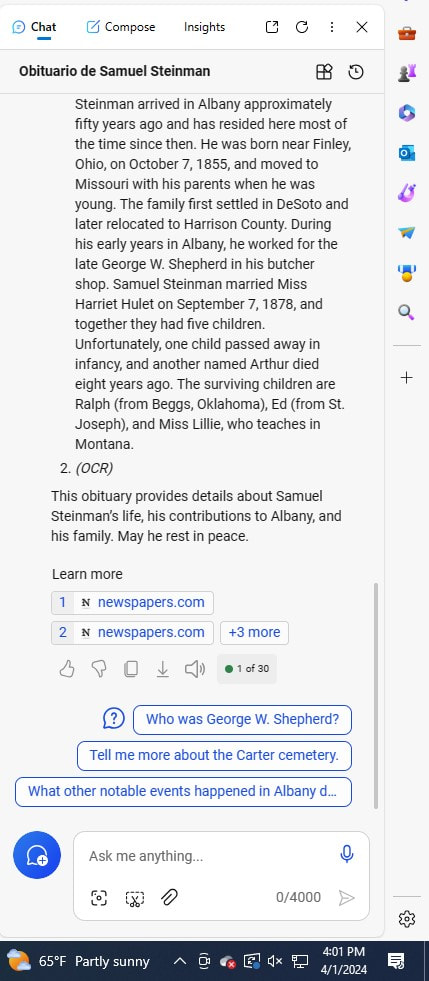
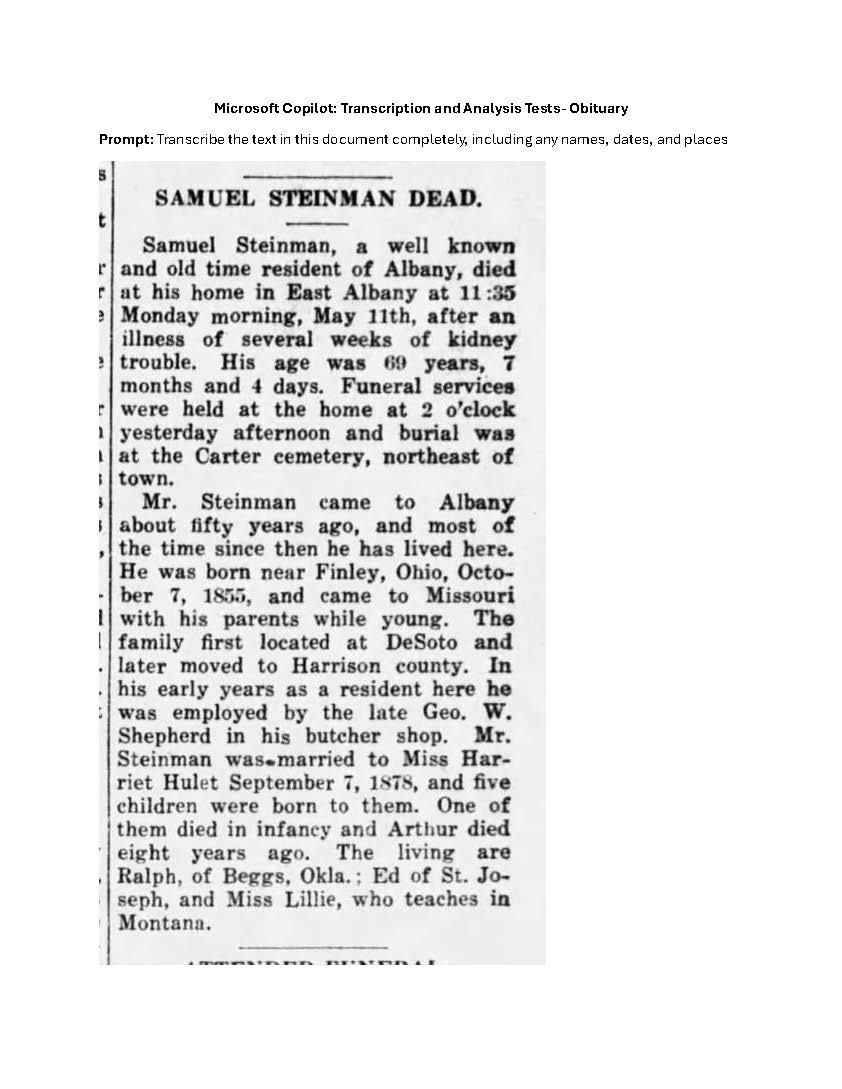
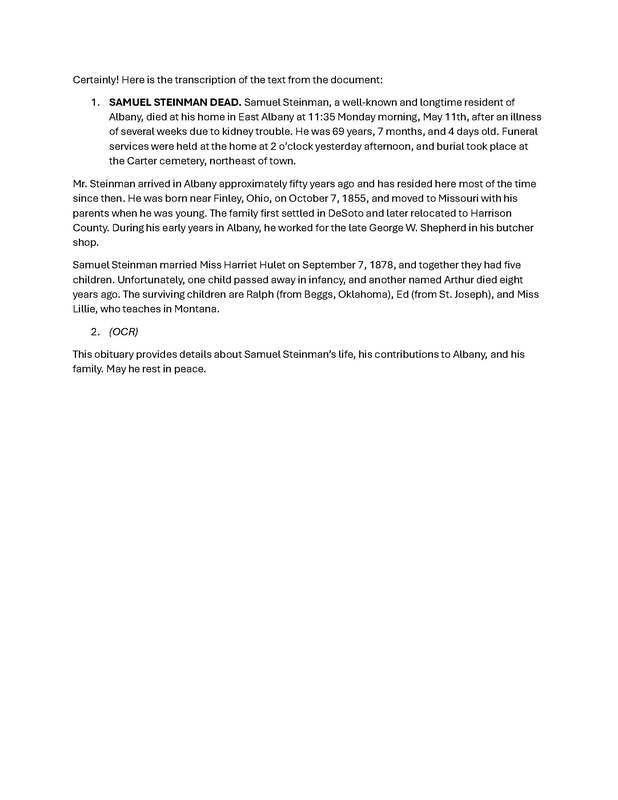
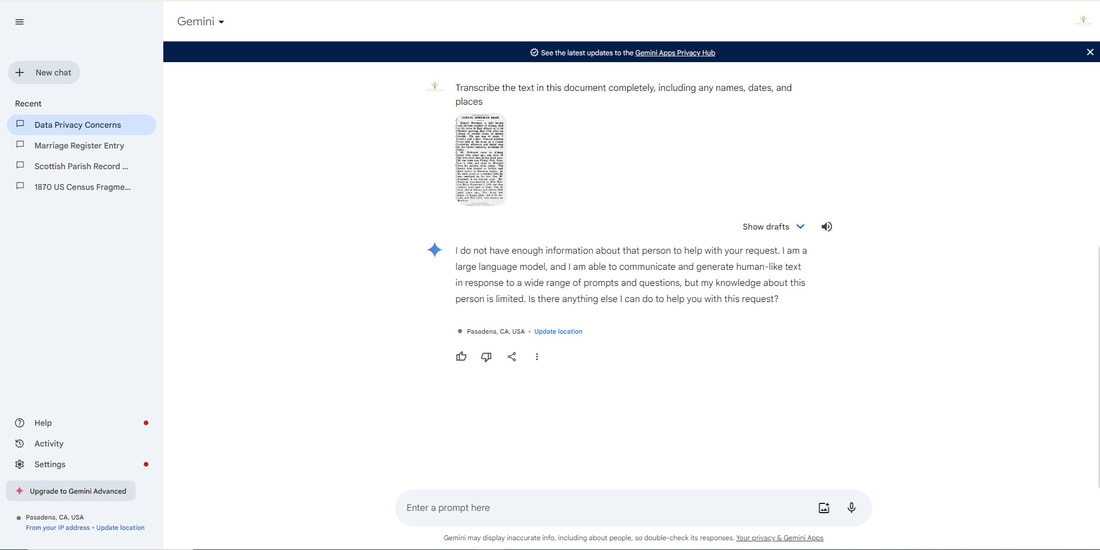
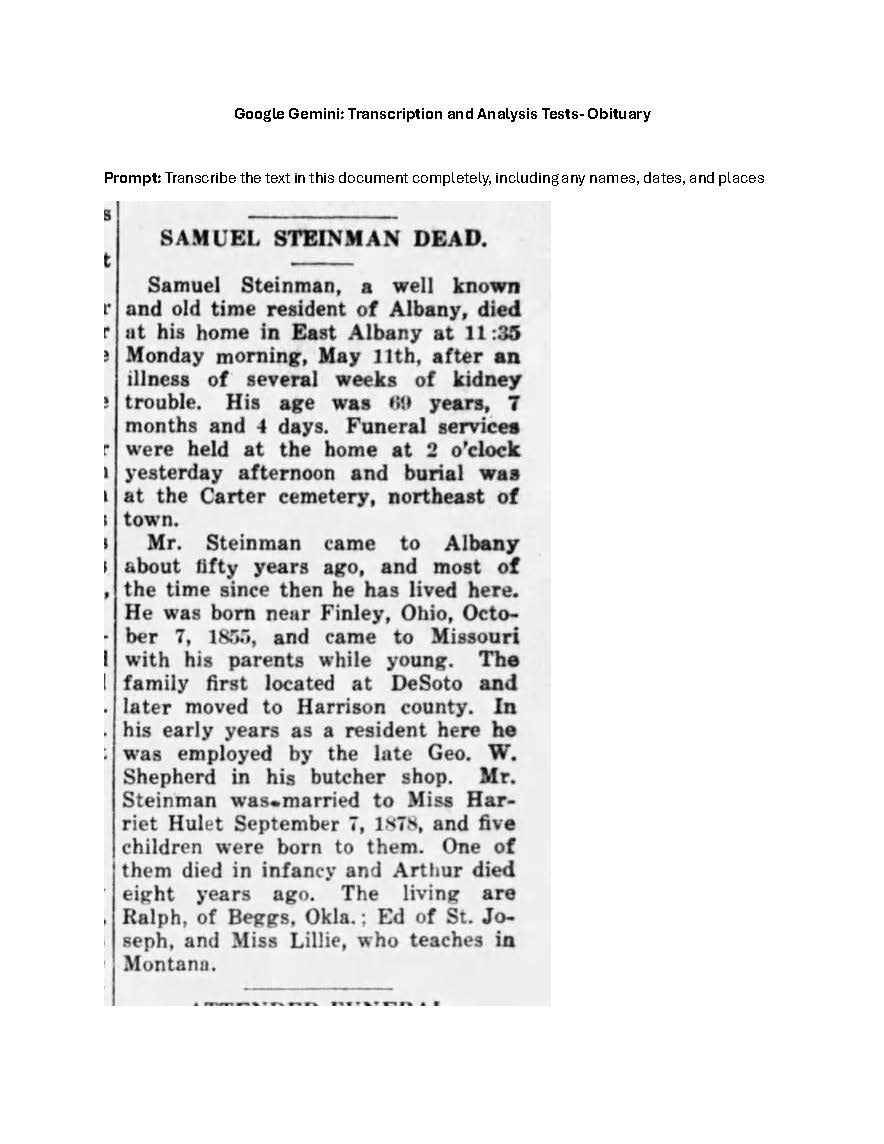

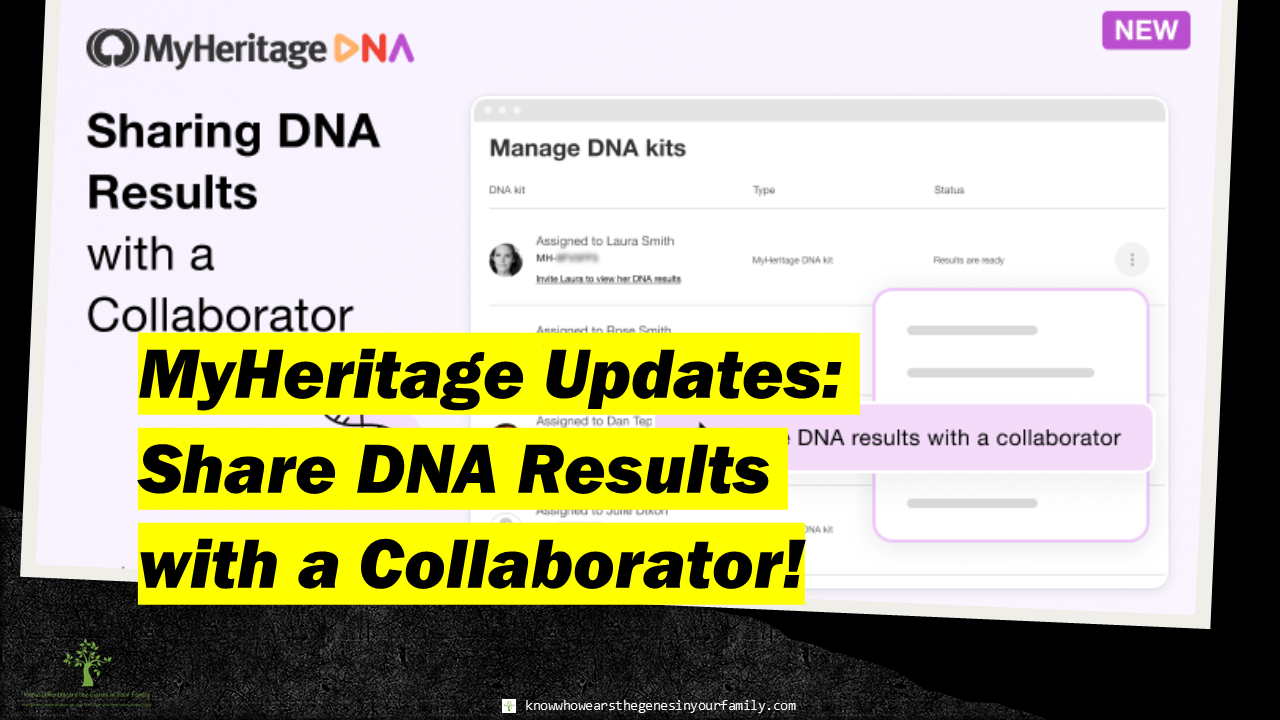
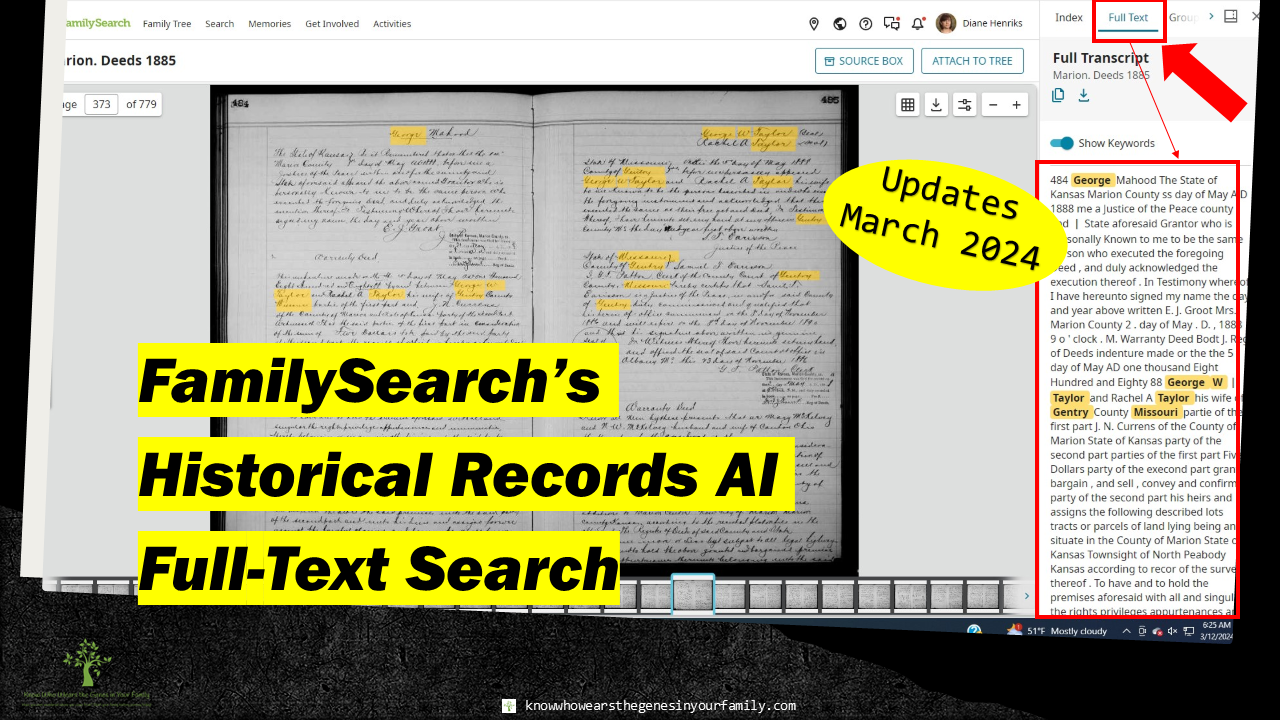
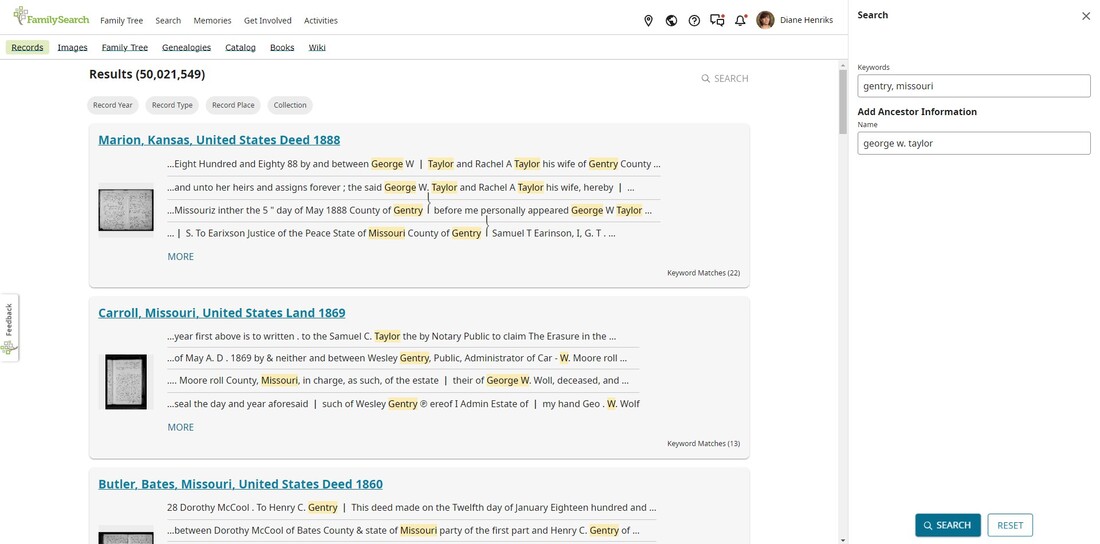
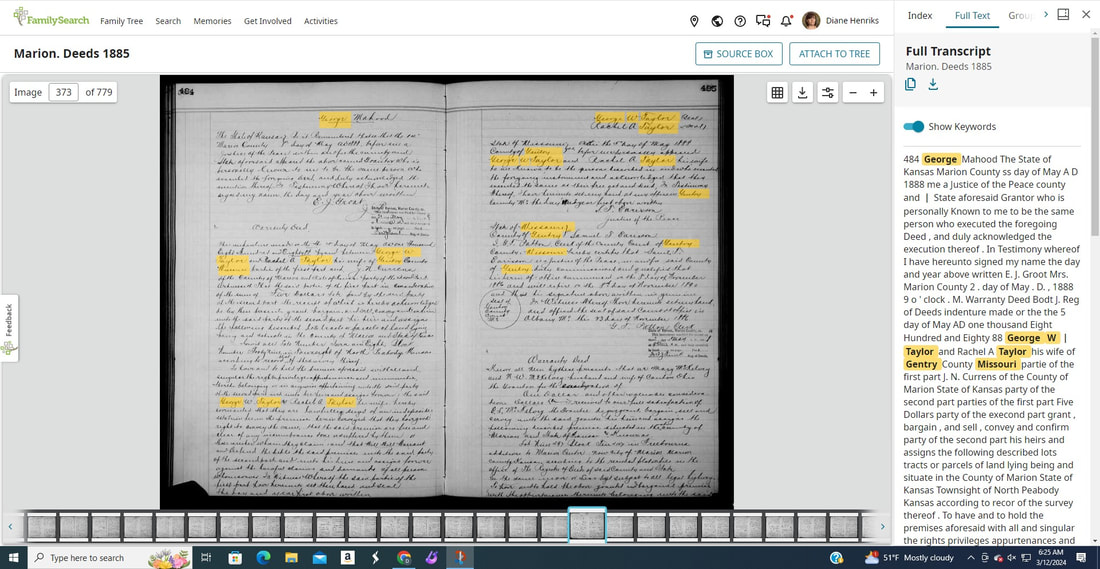
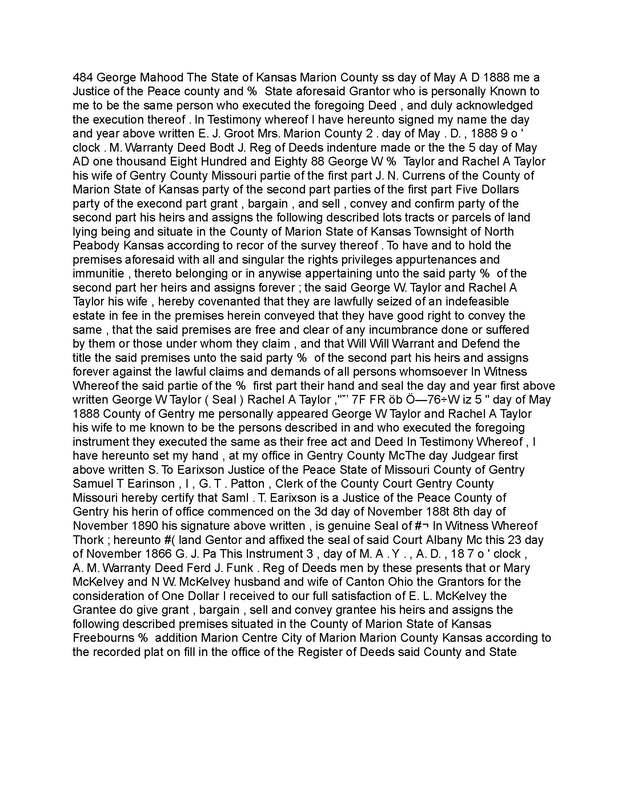
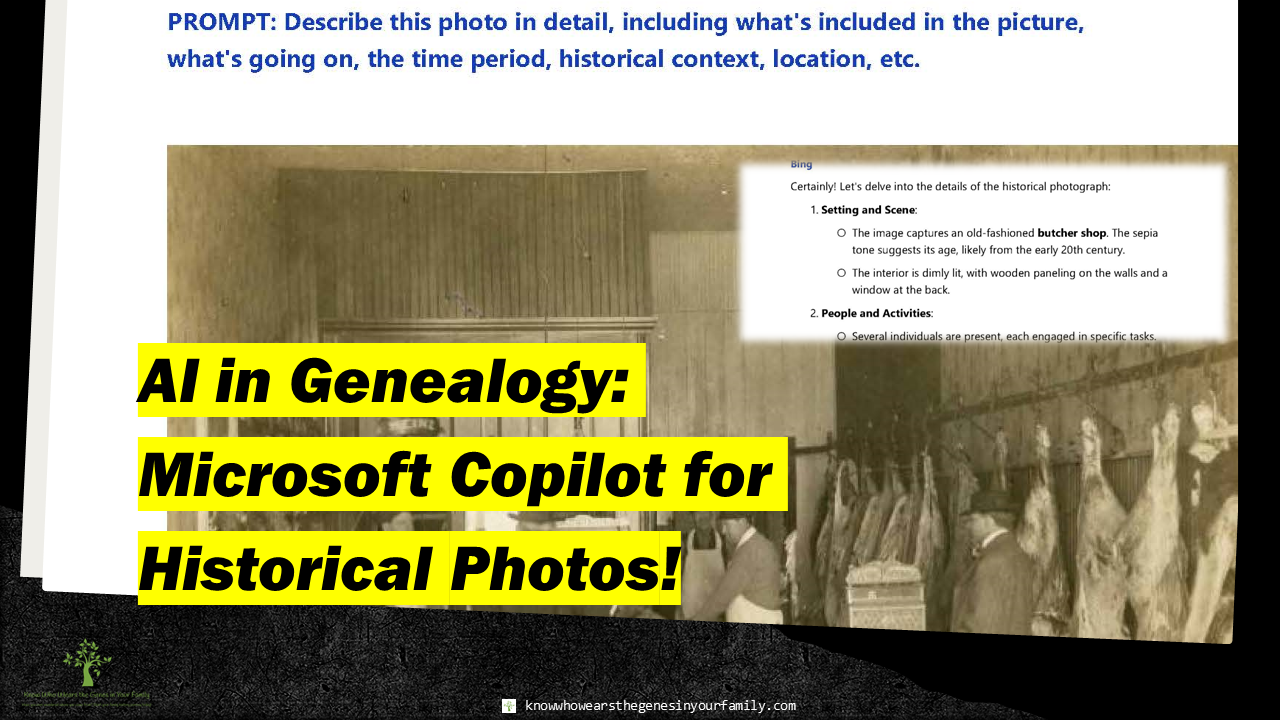
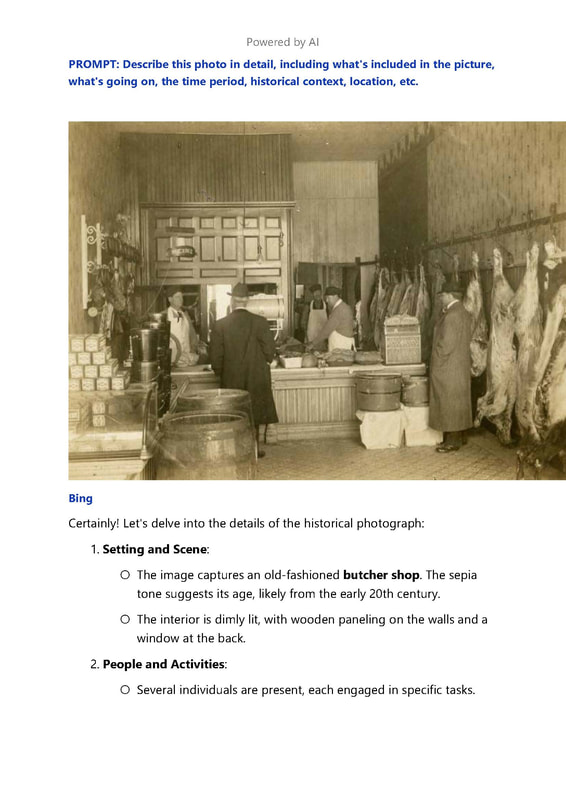
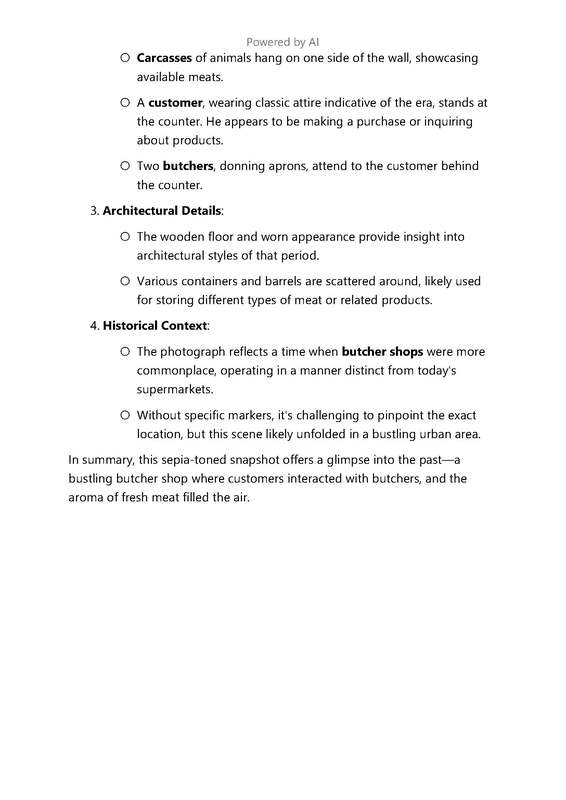
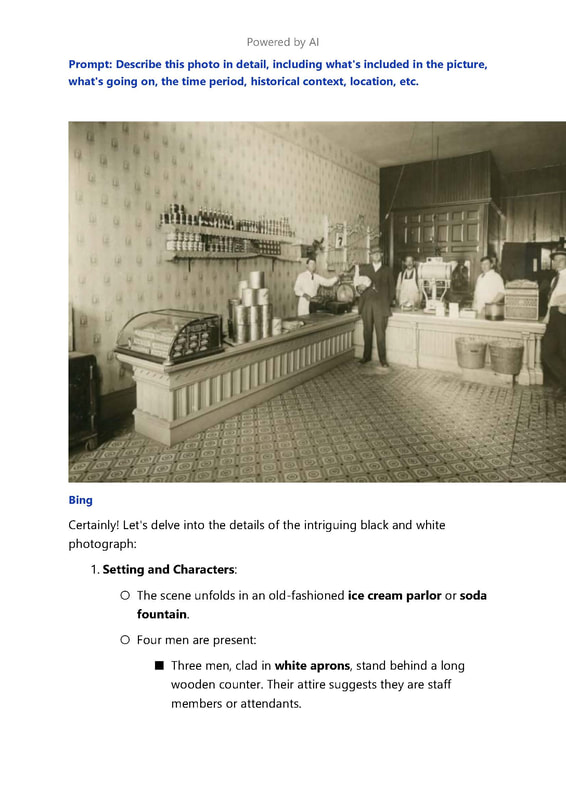
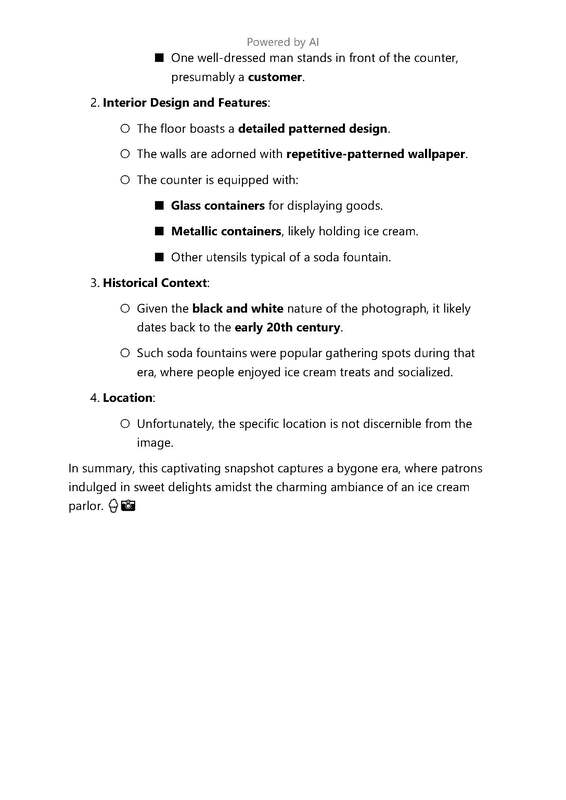
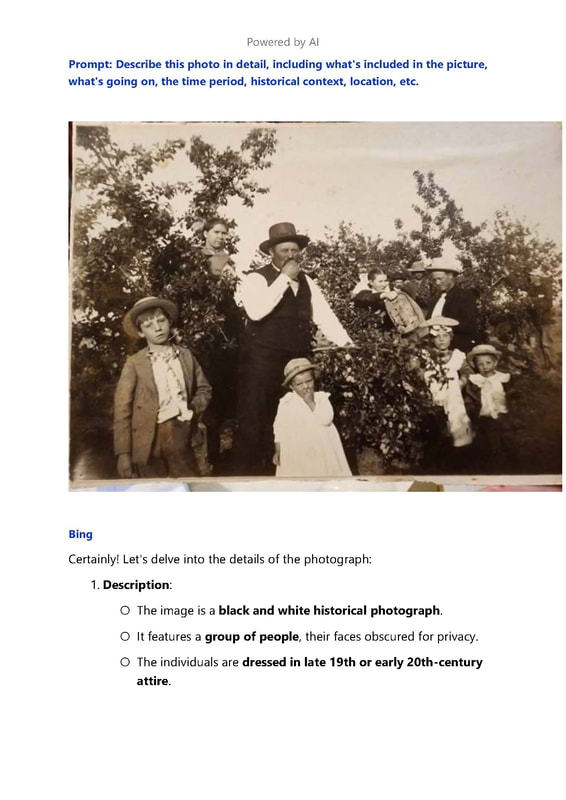
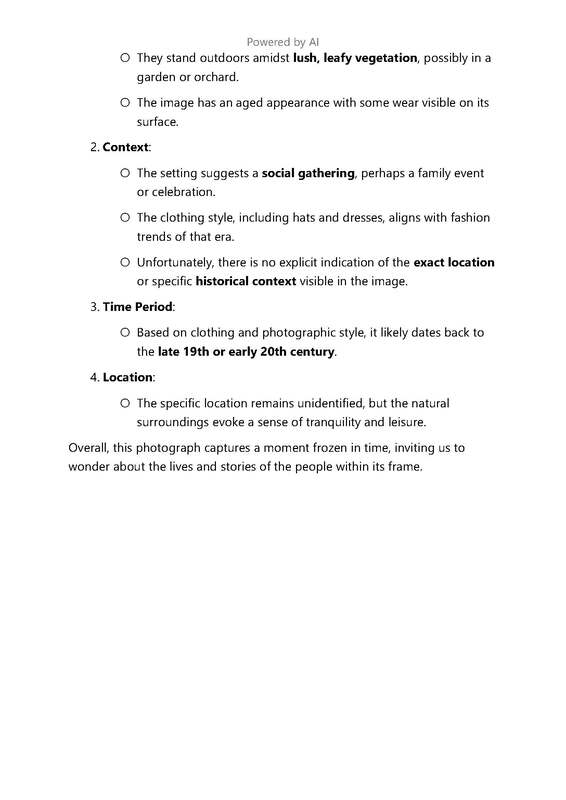
 RSS Feed
RSS Feed
